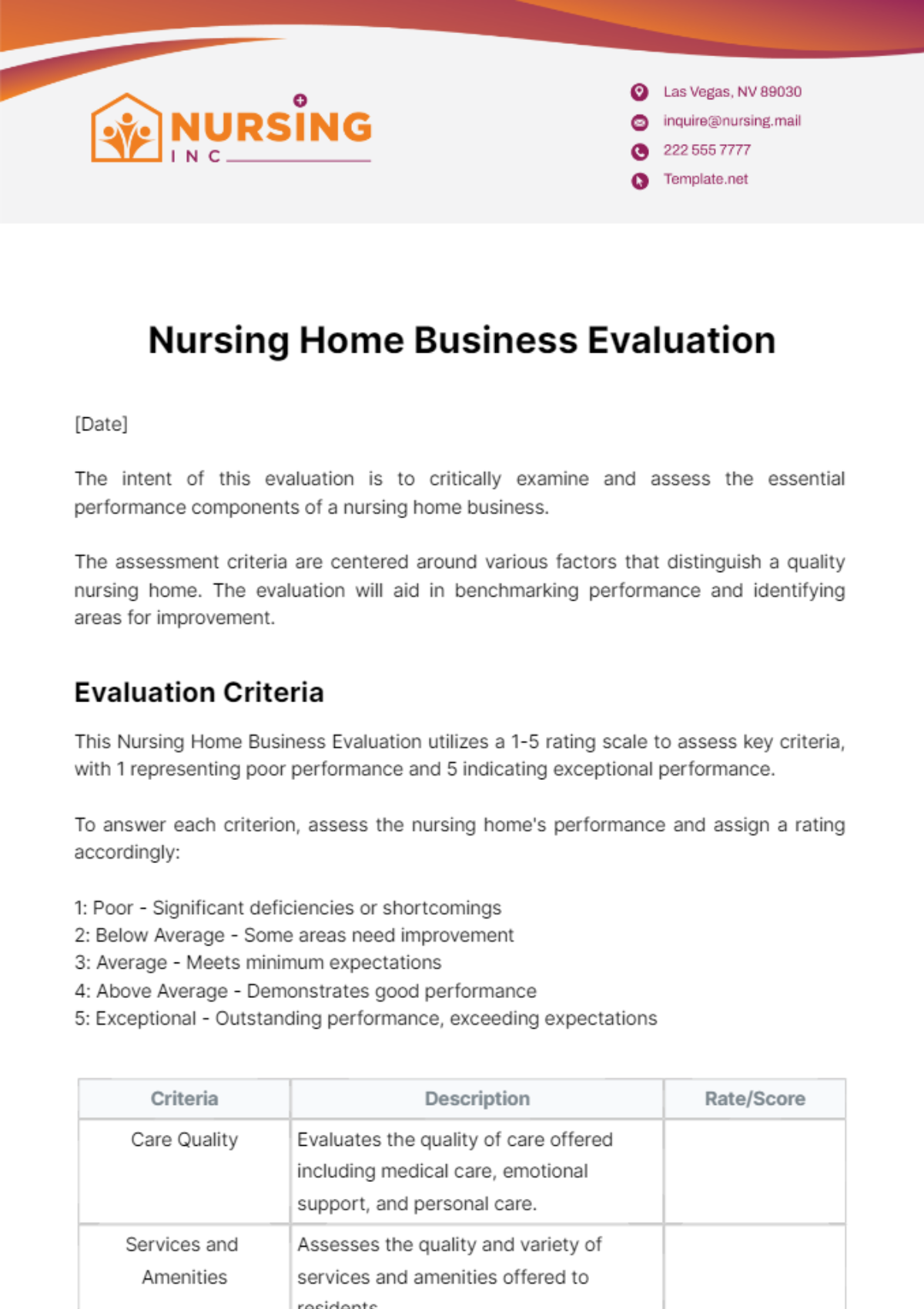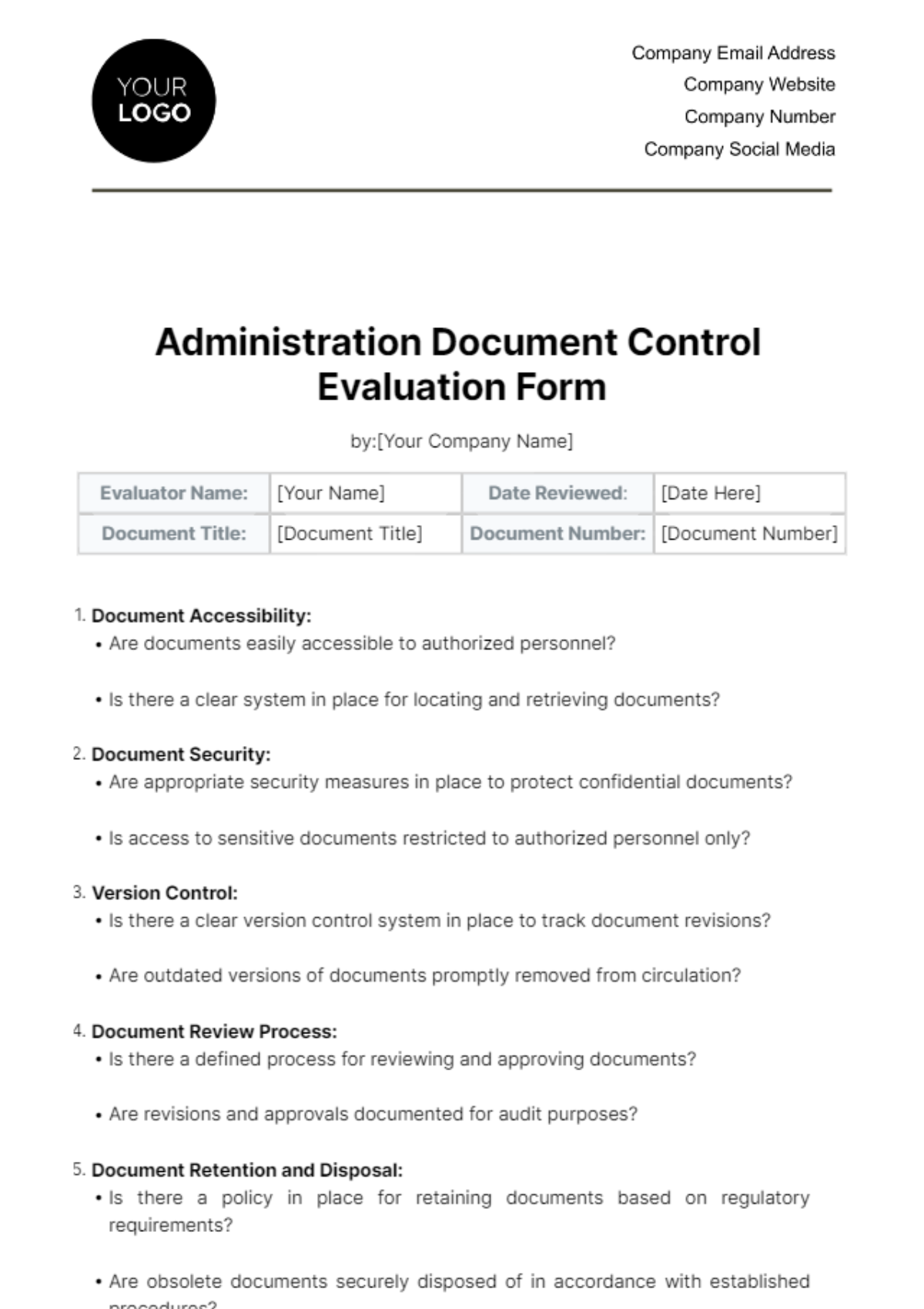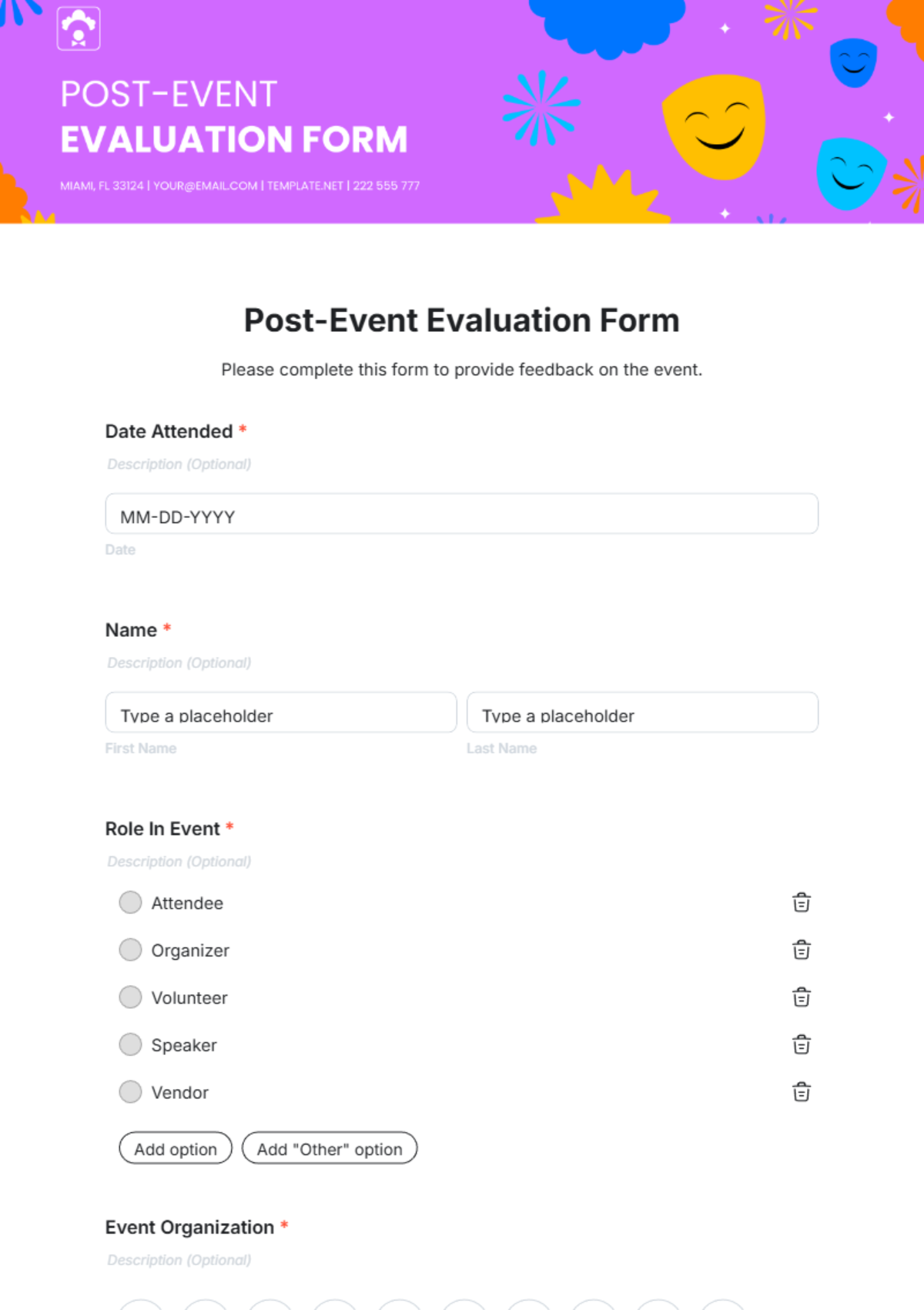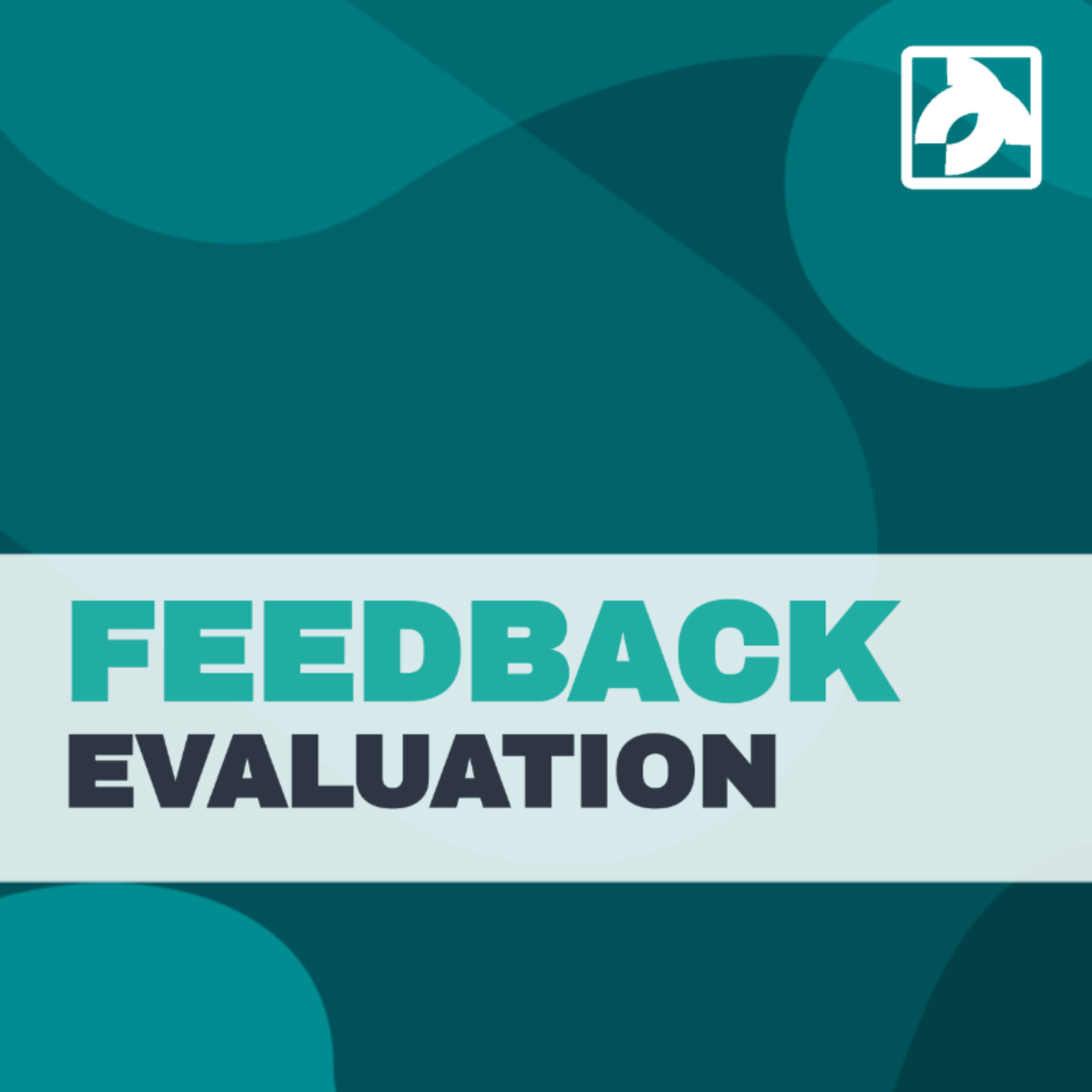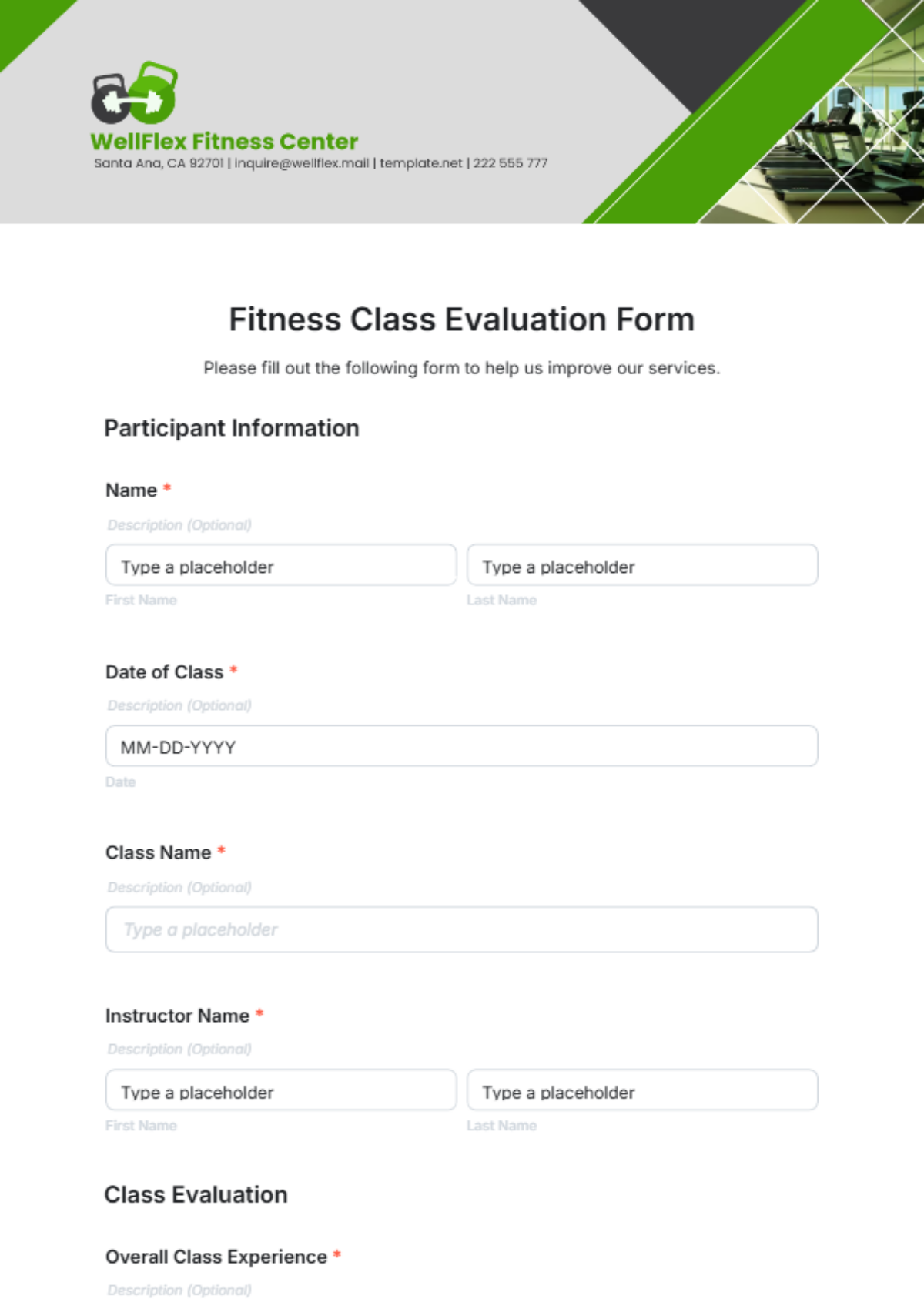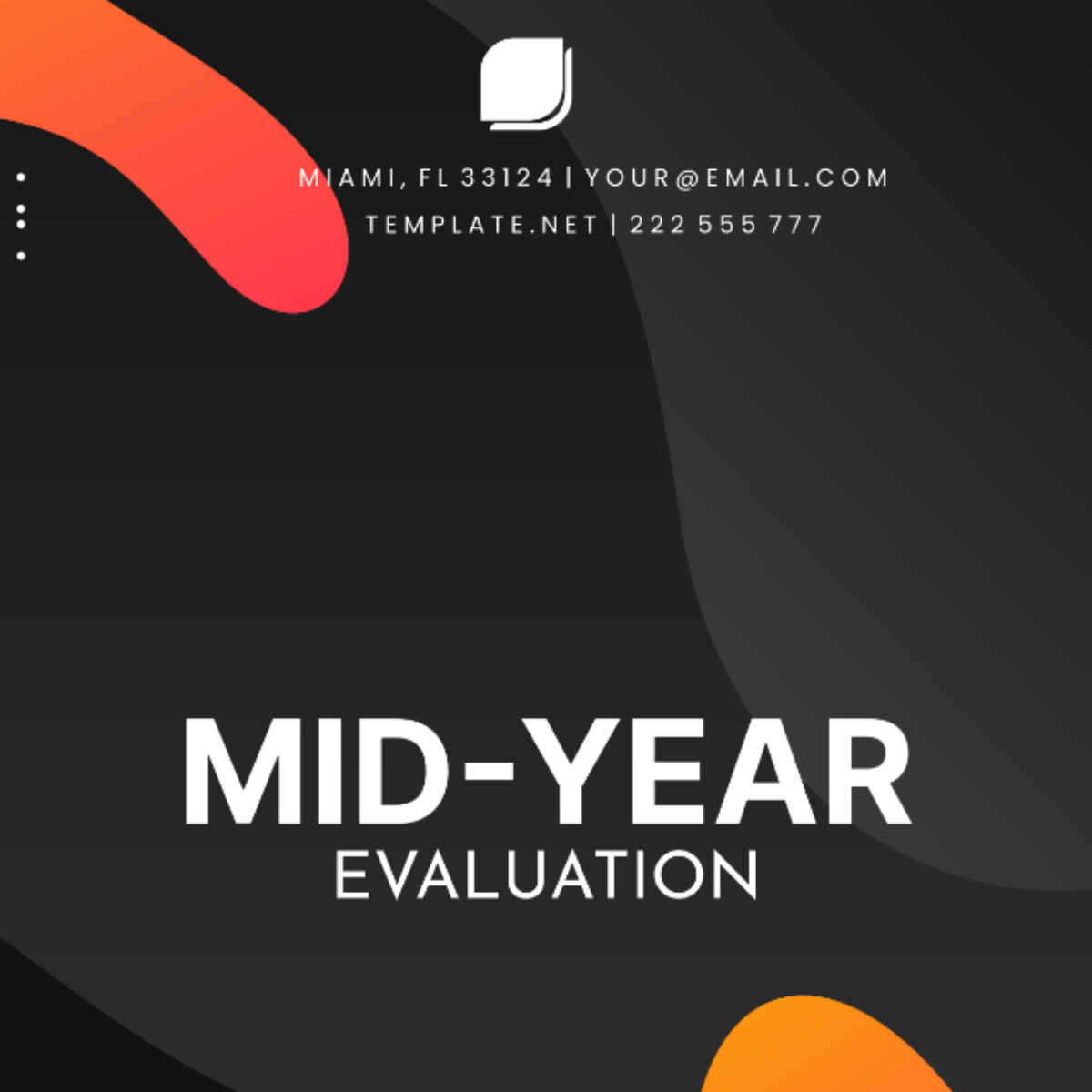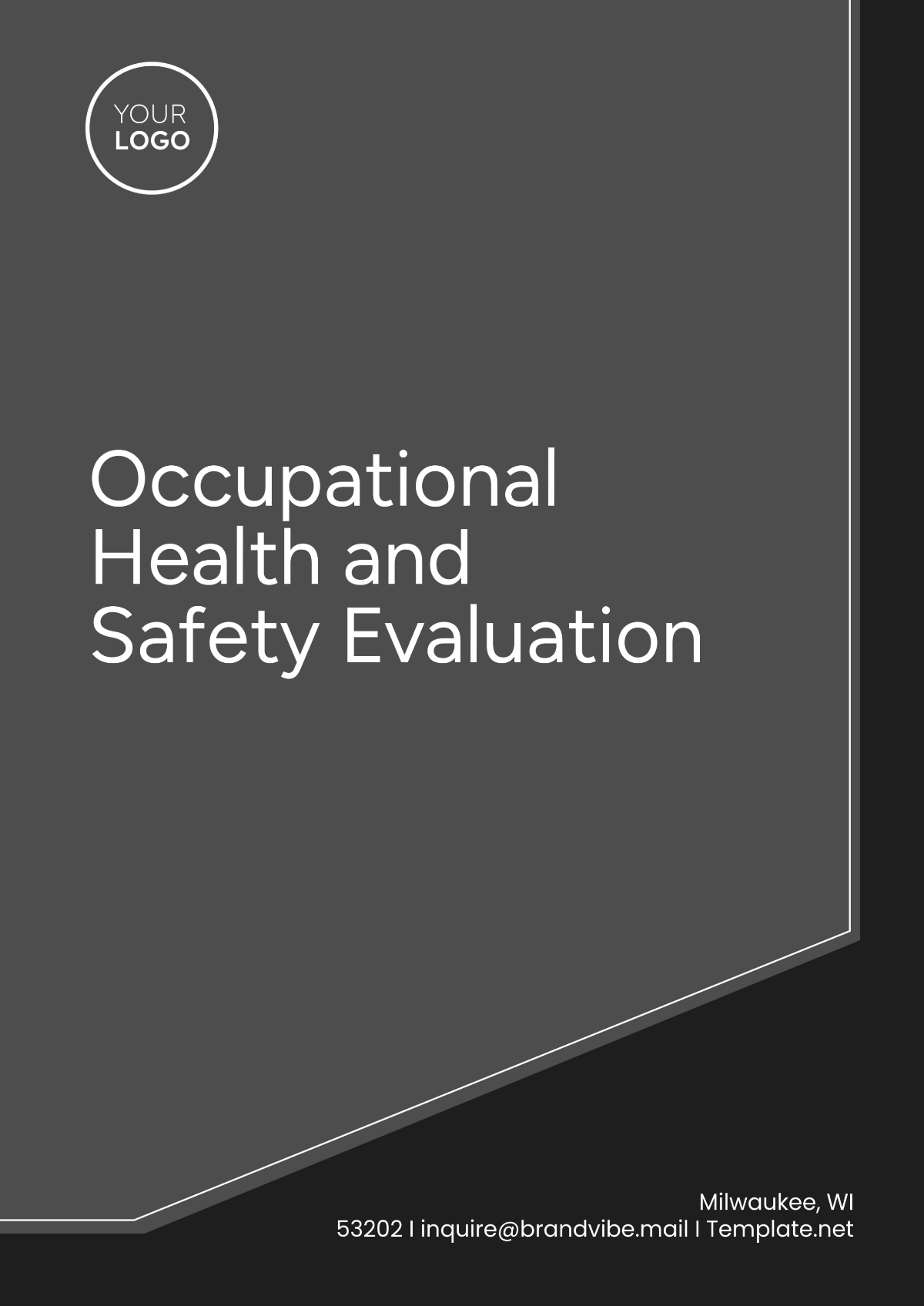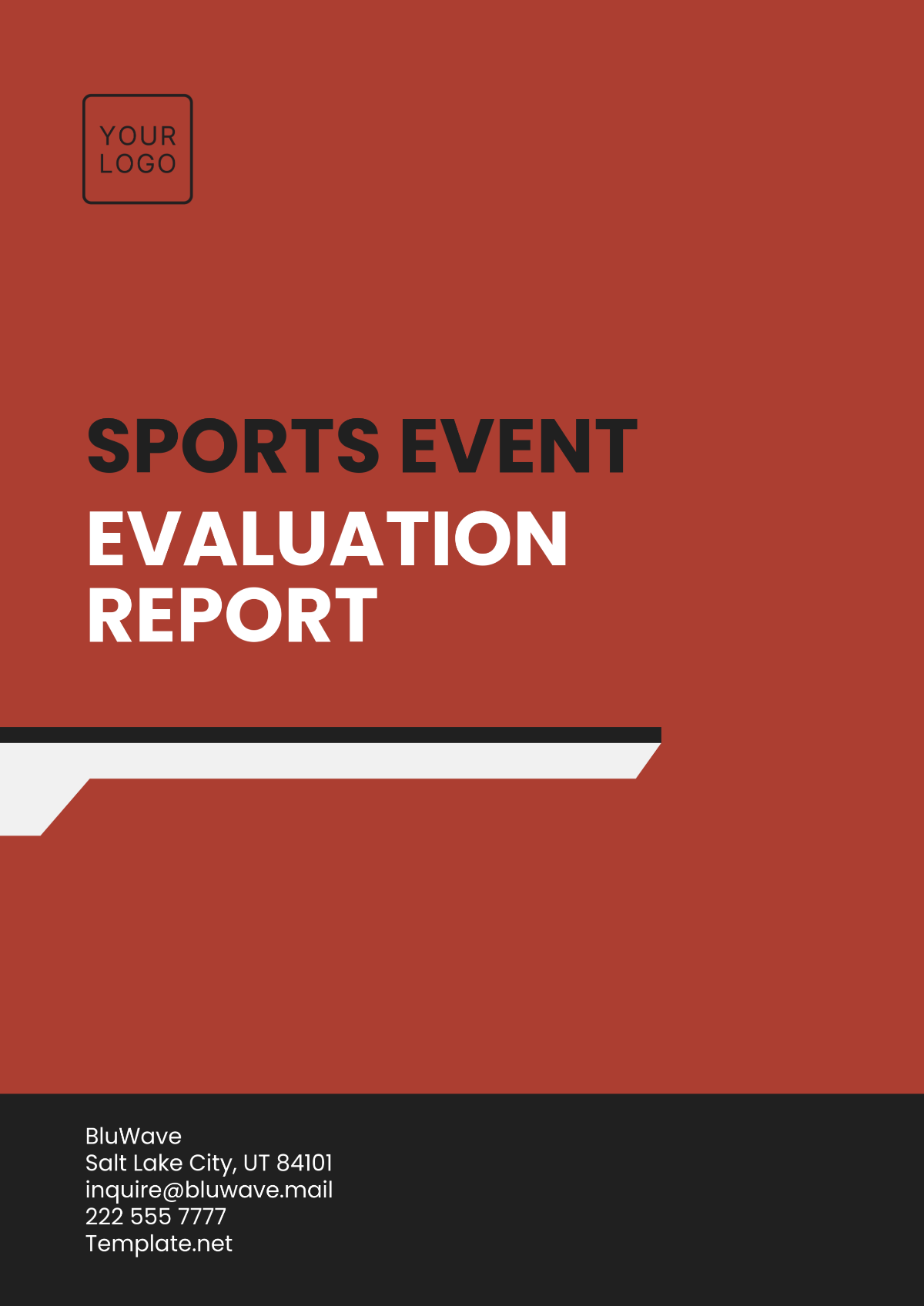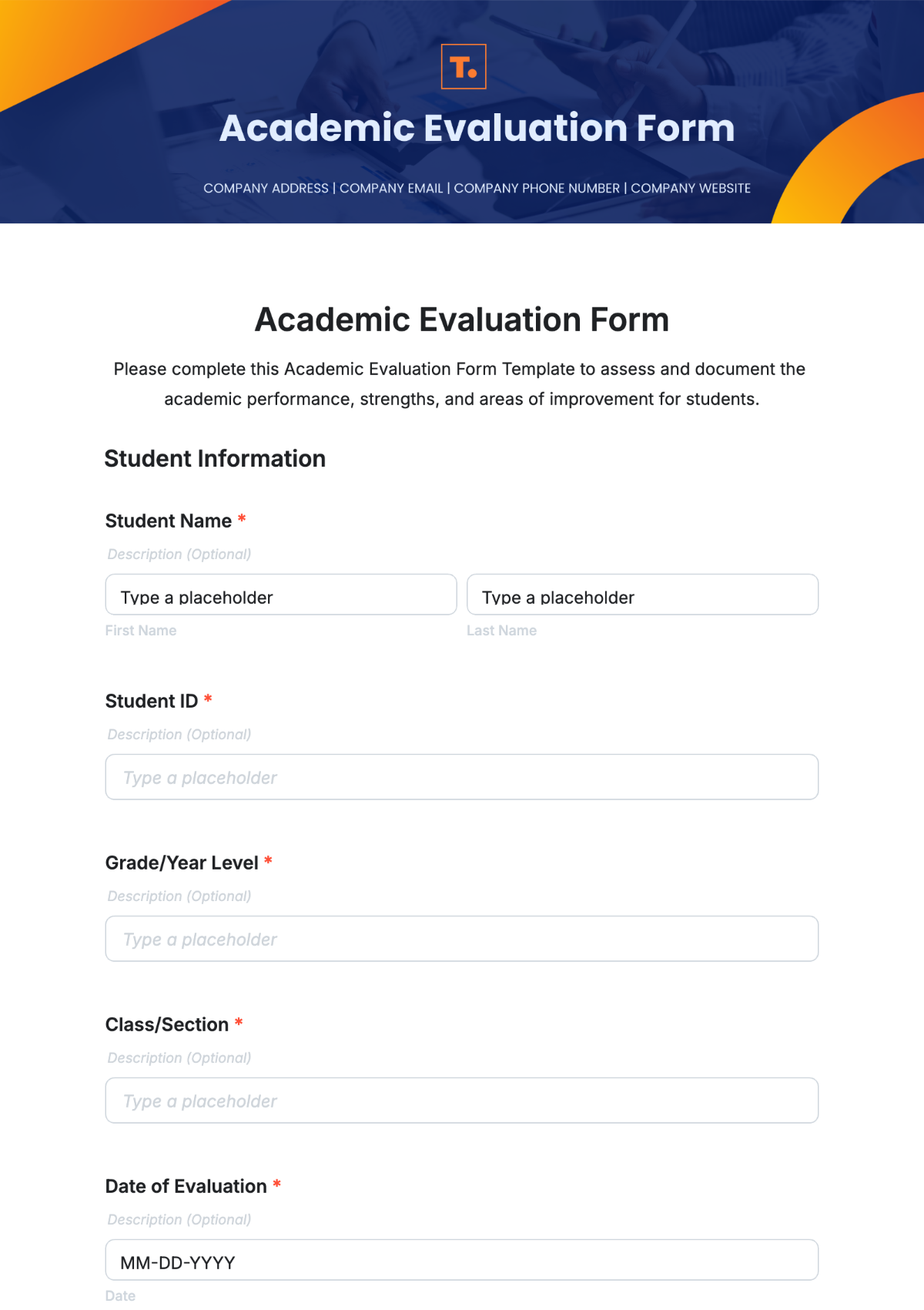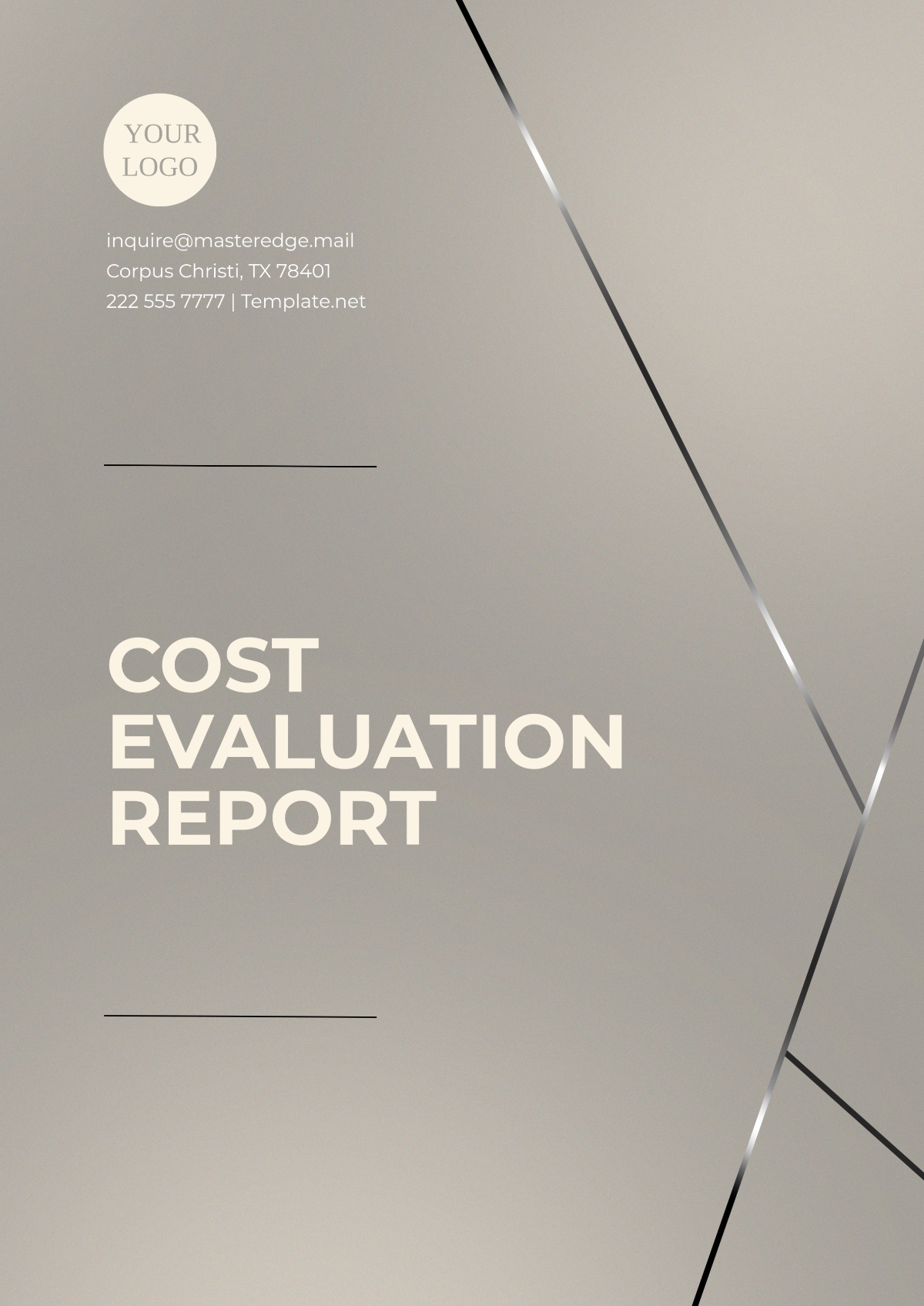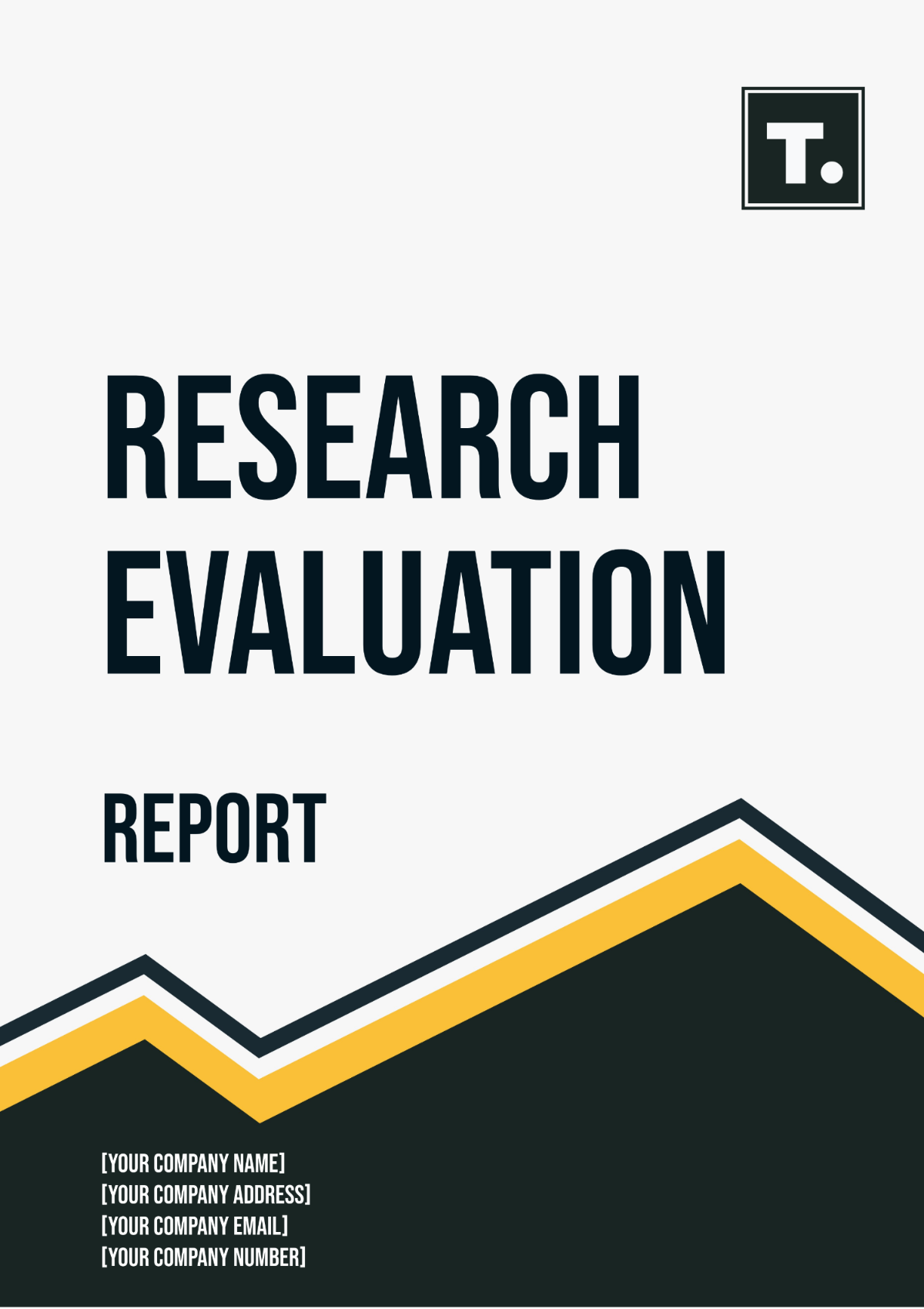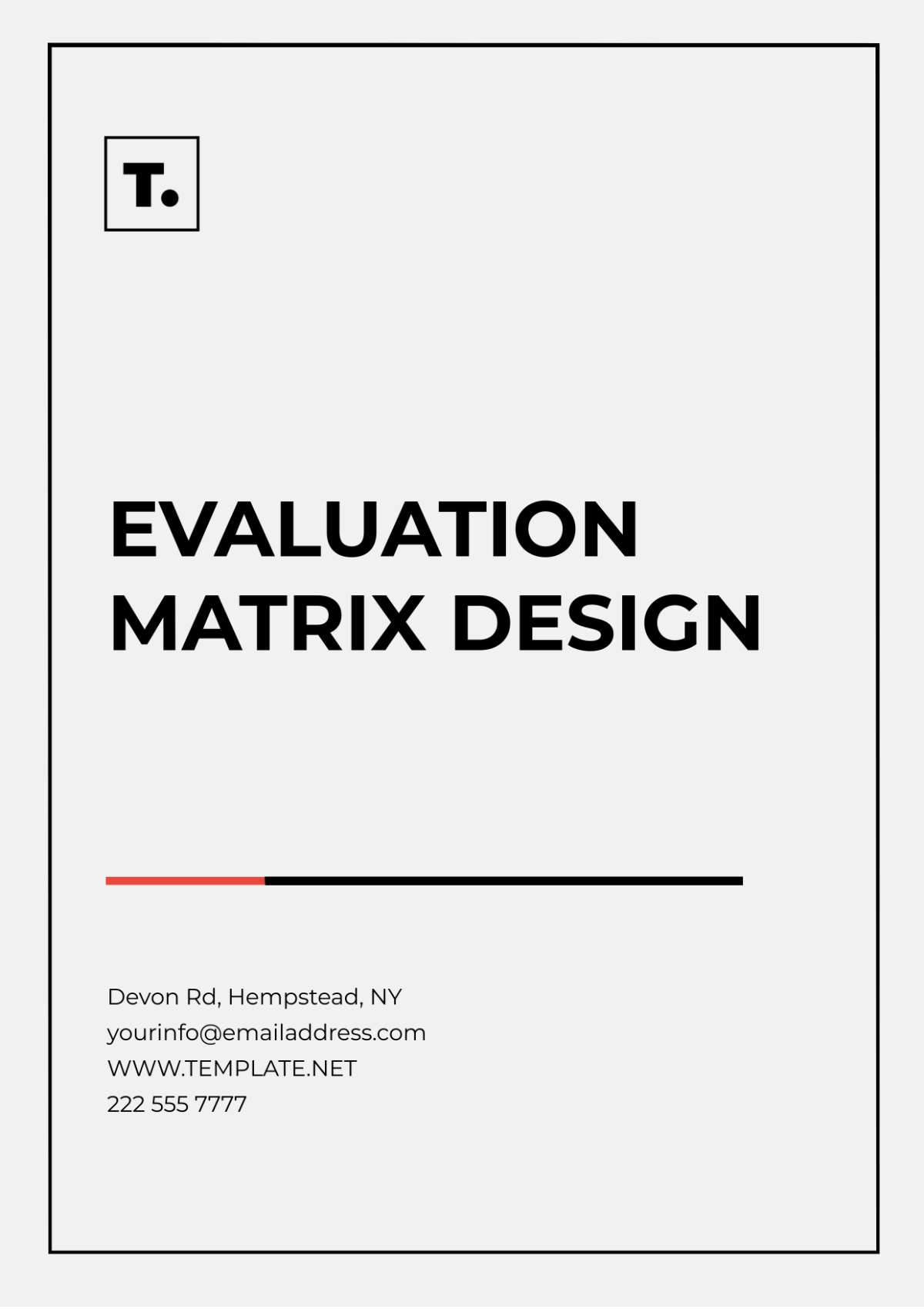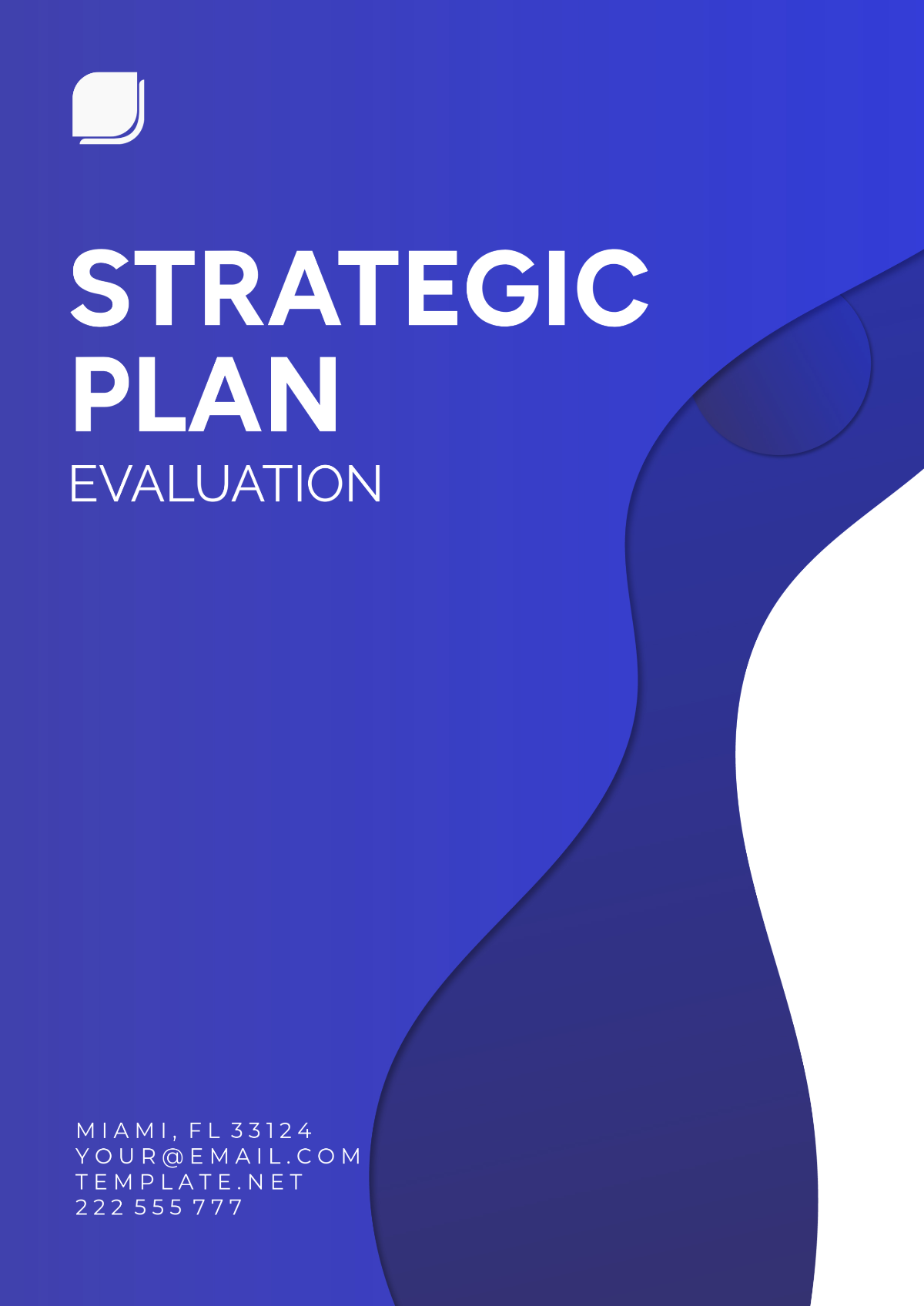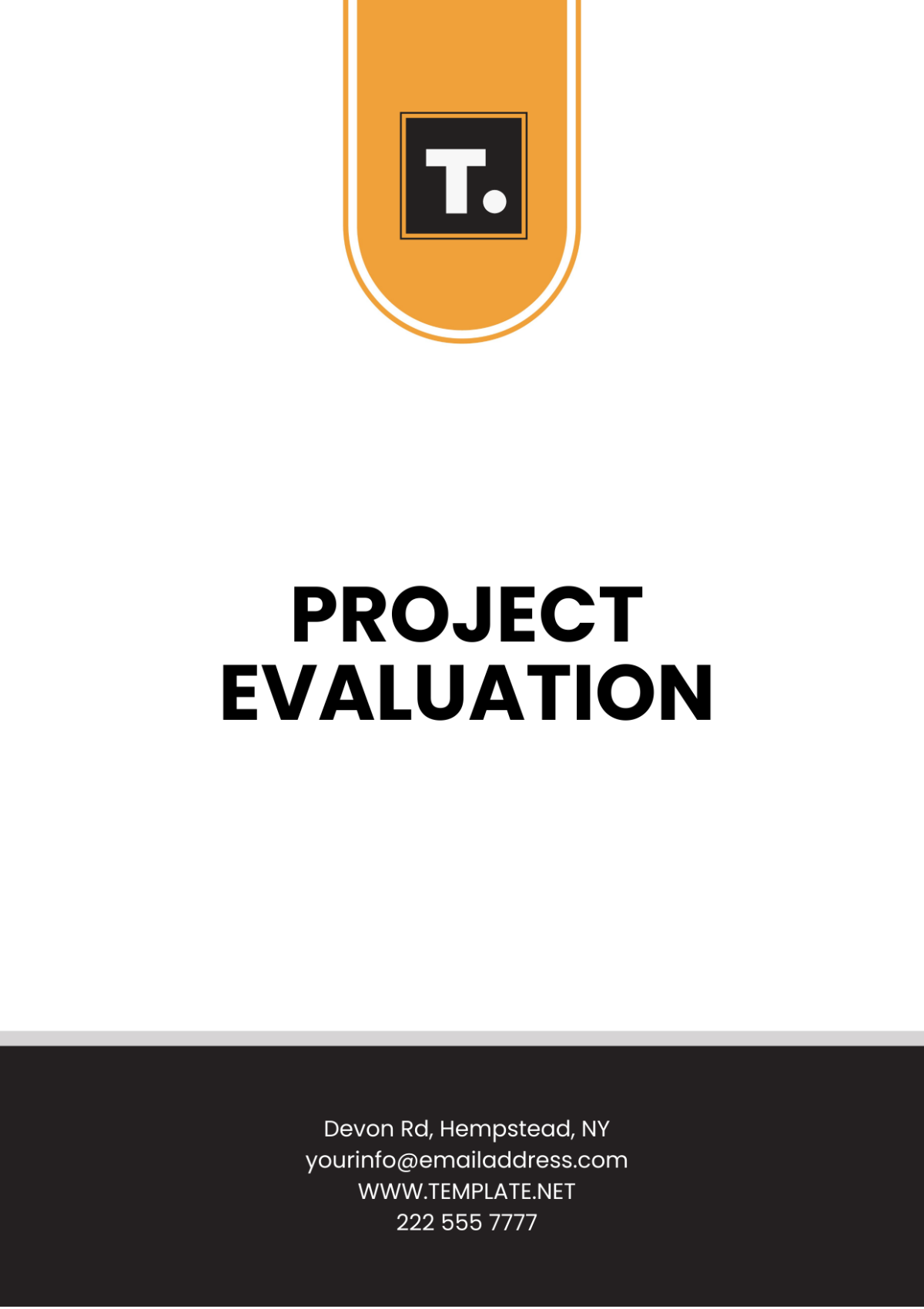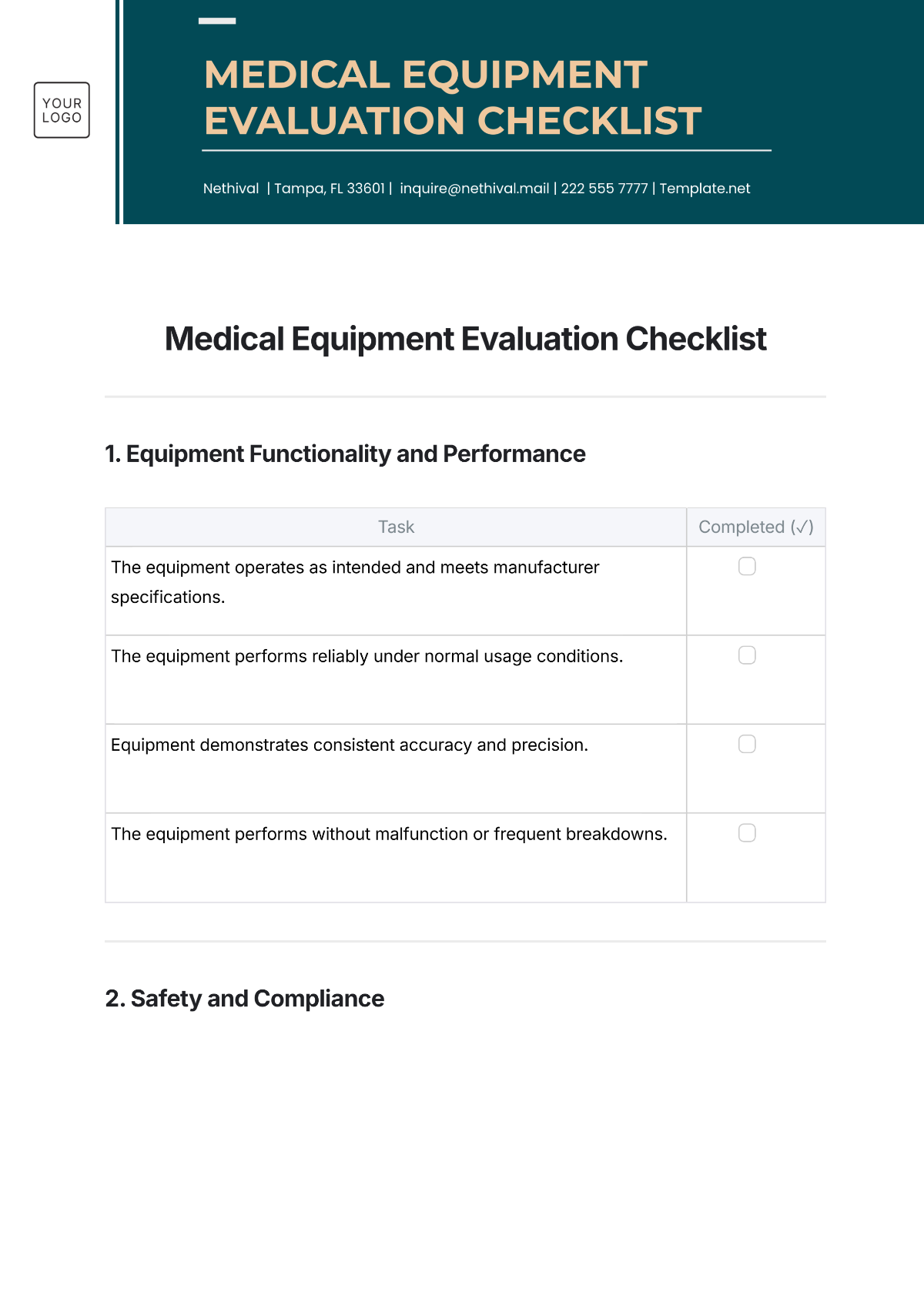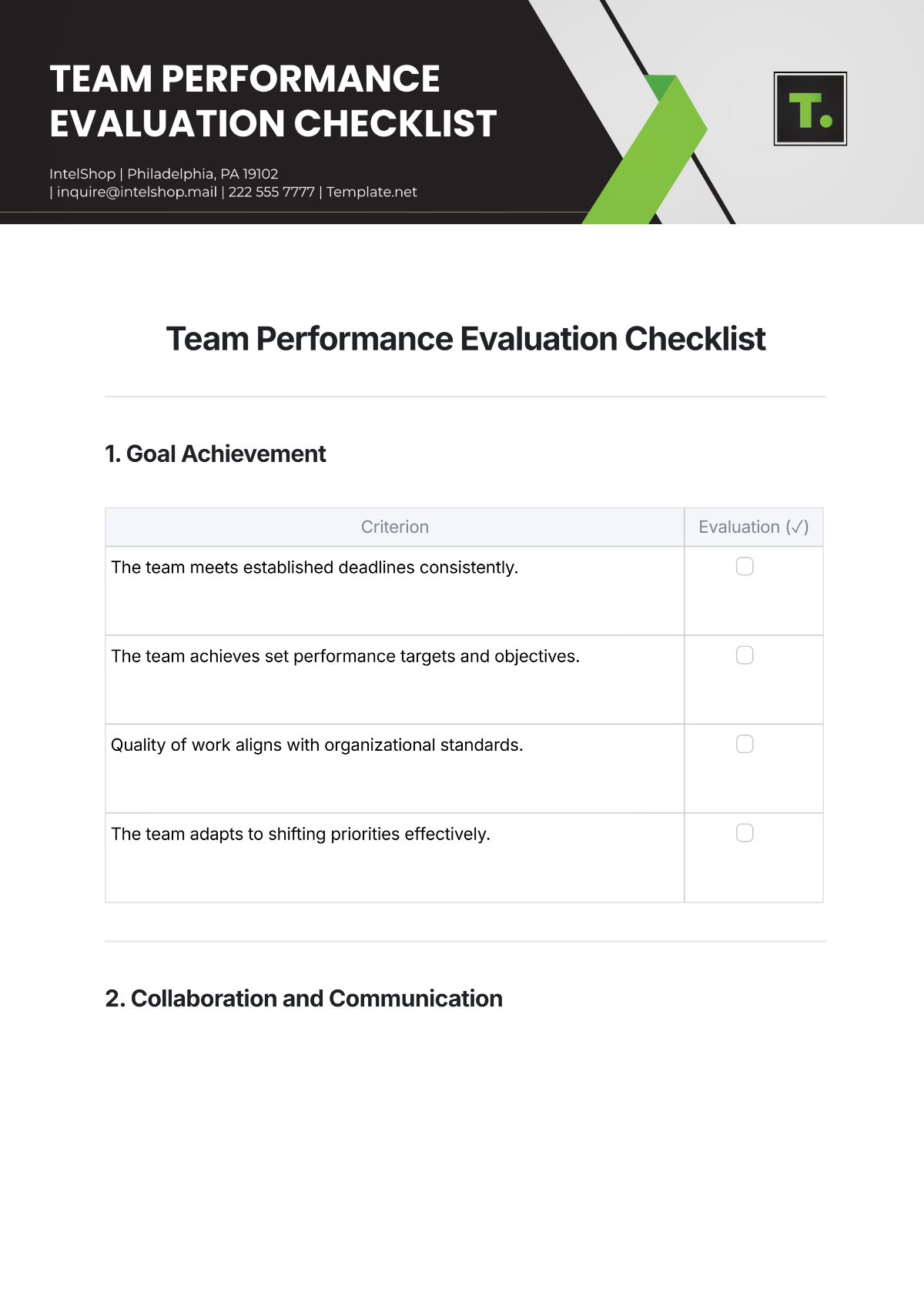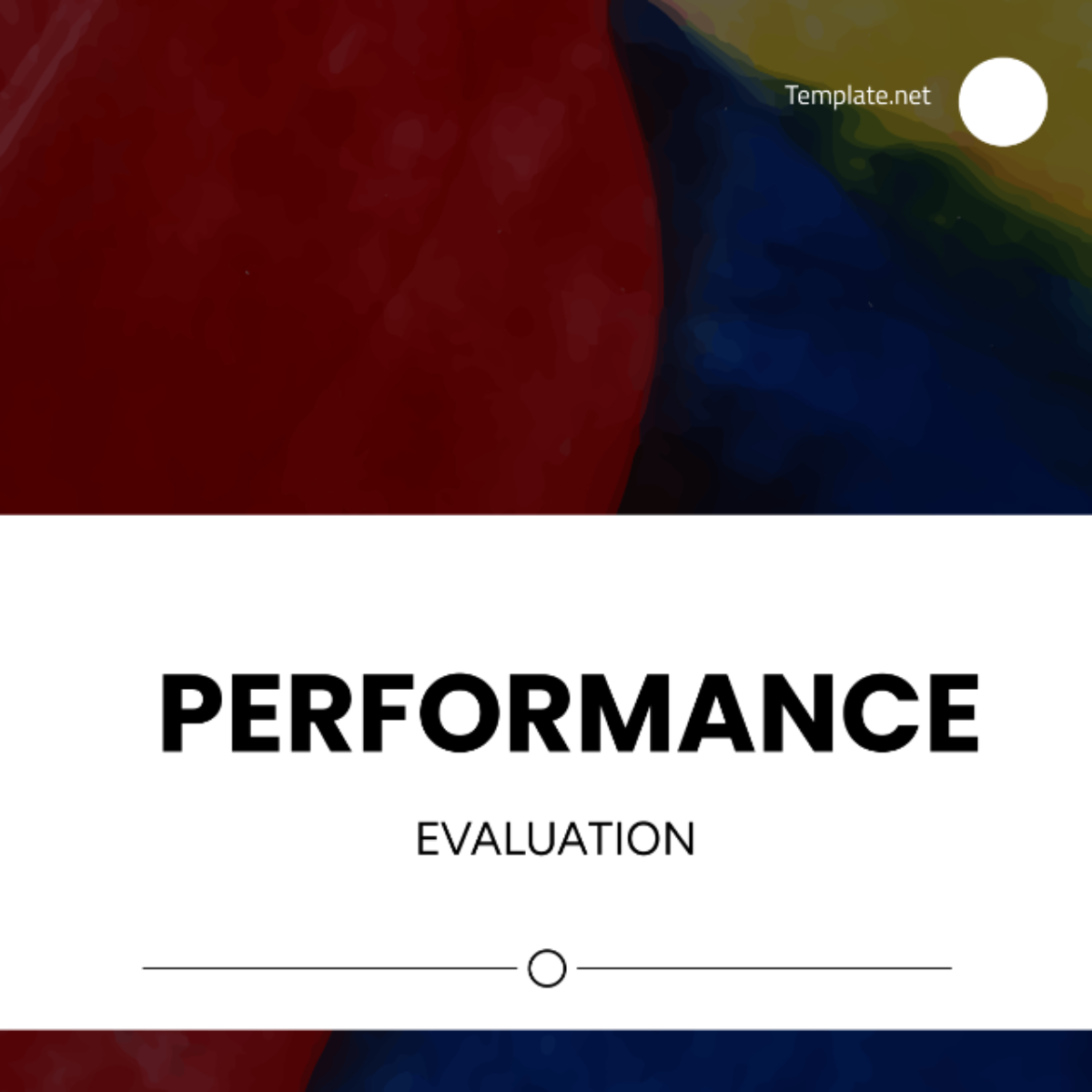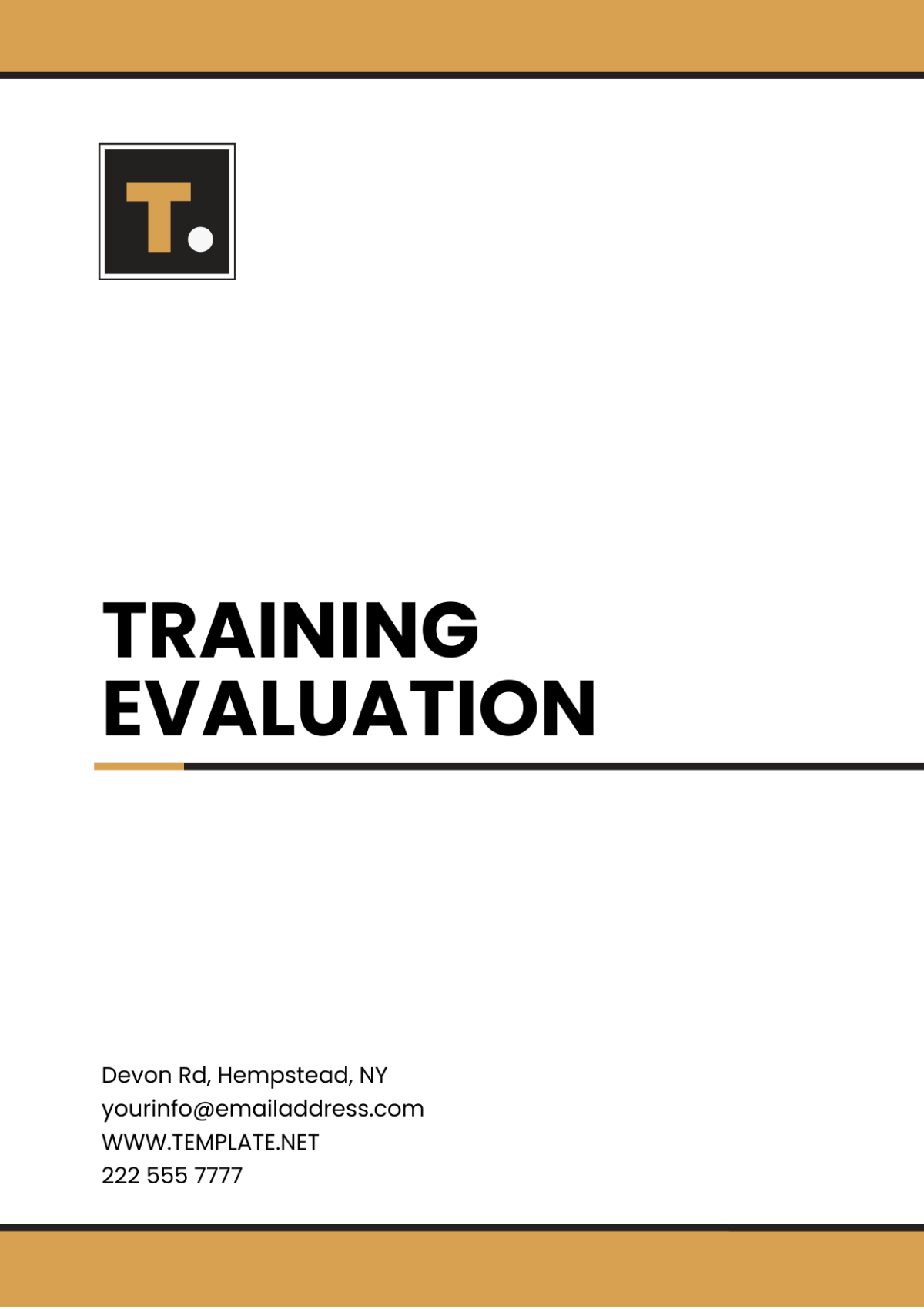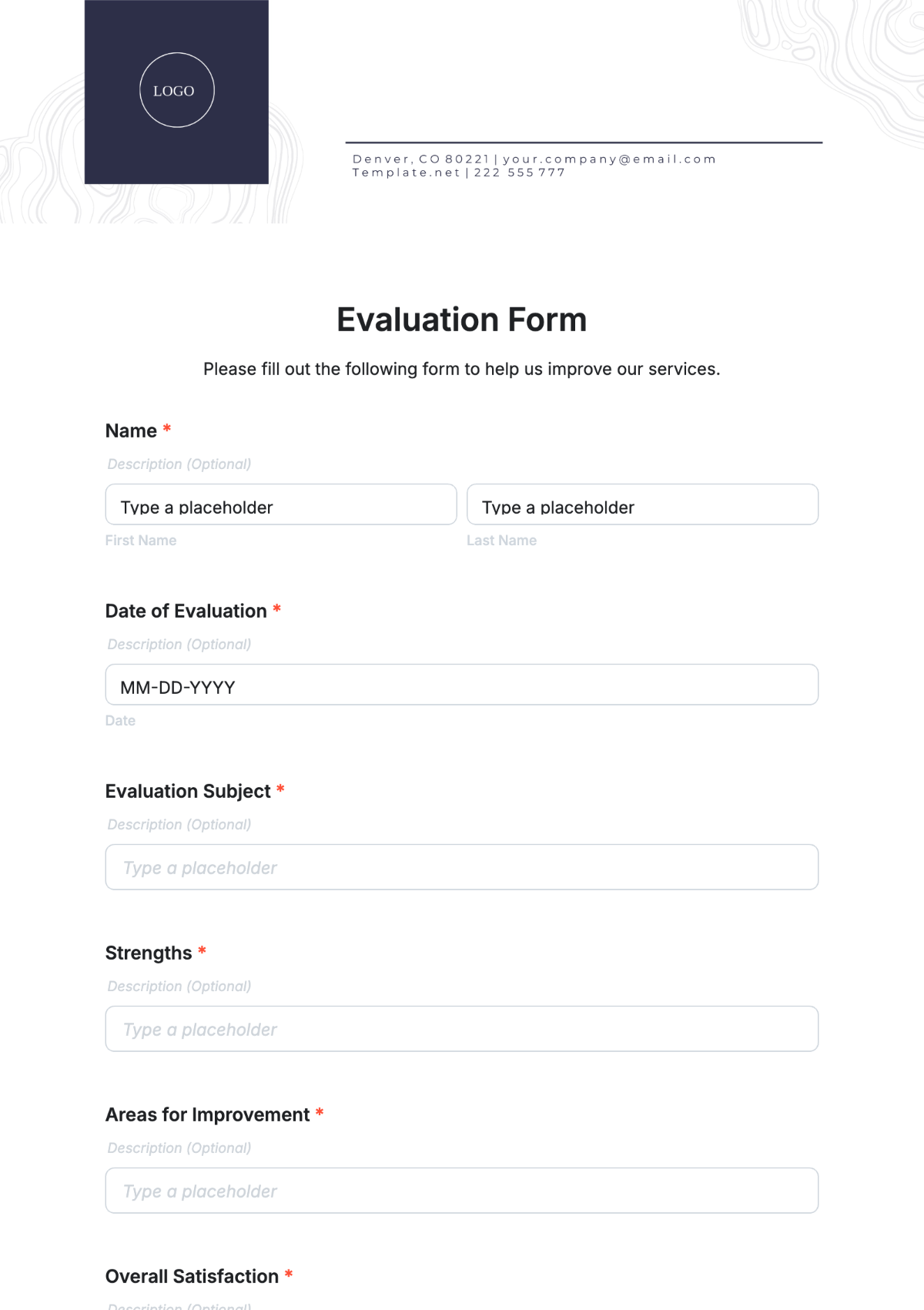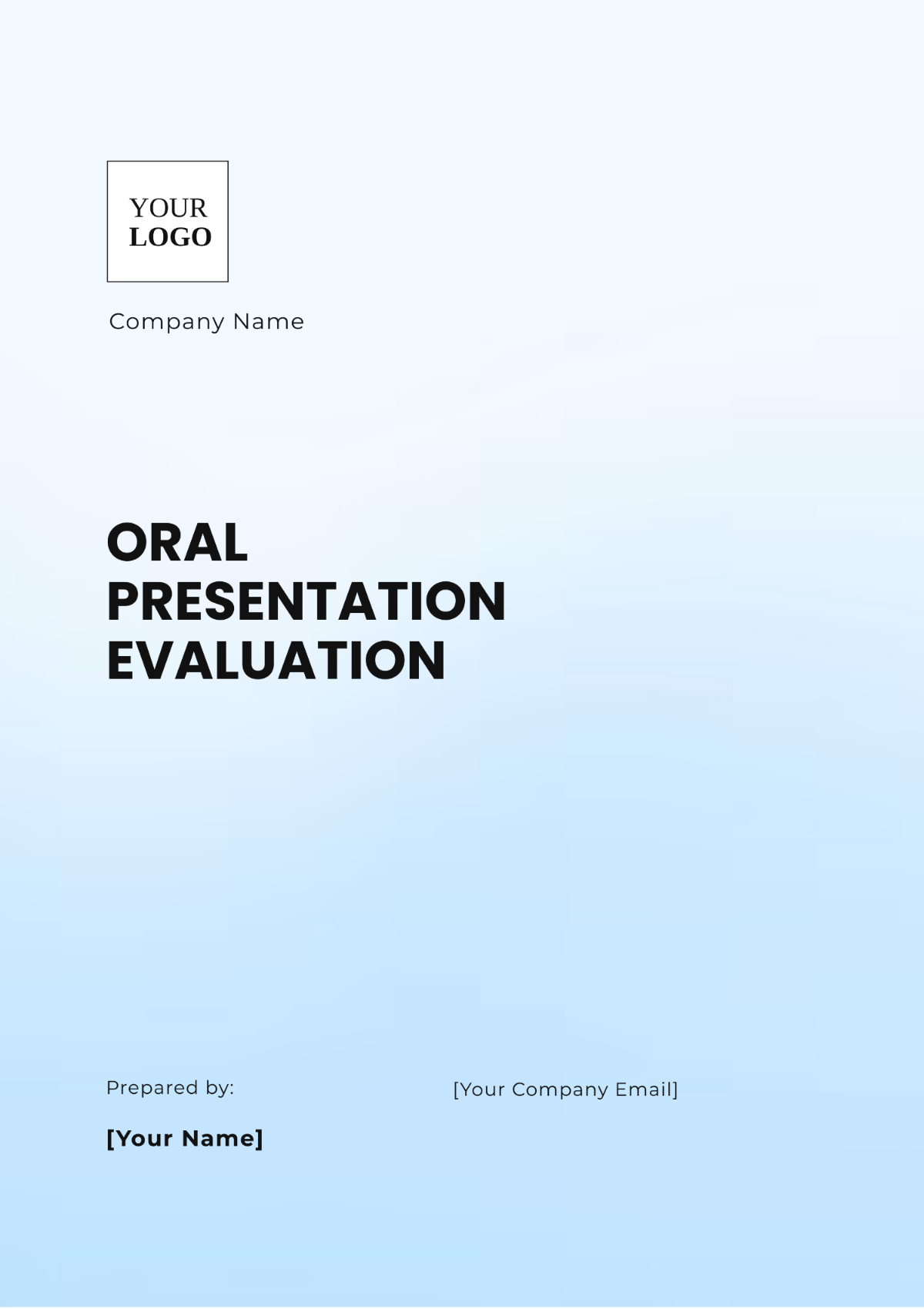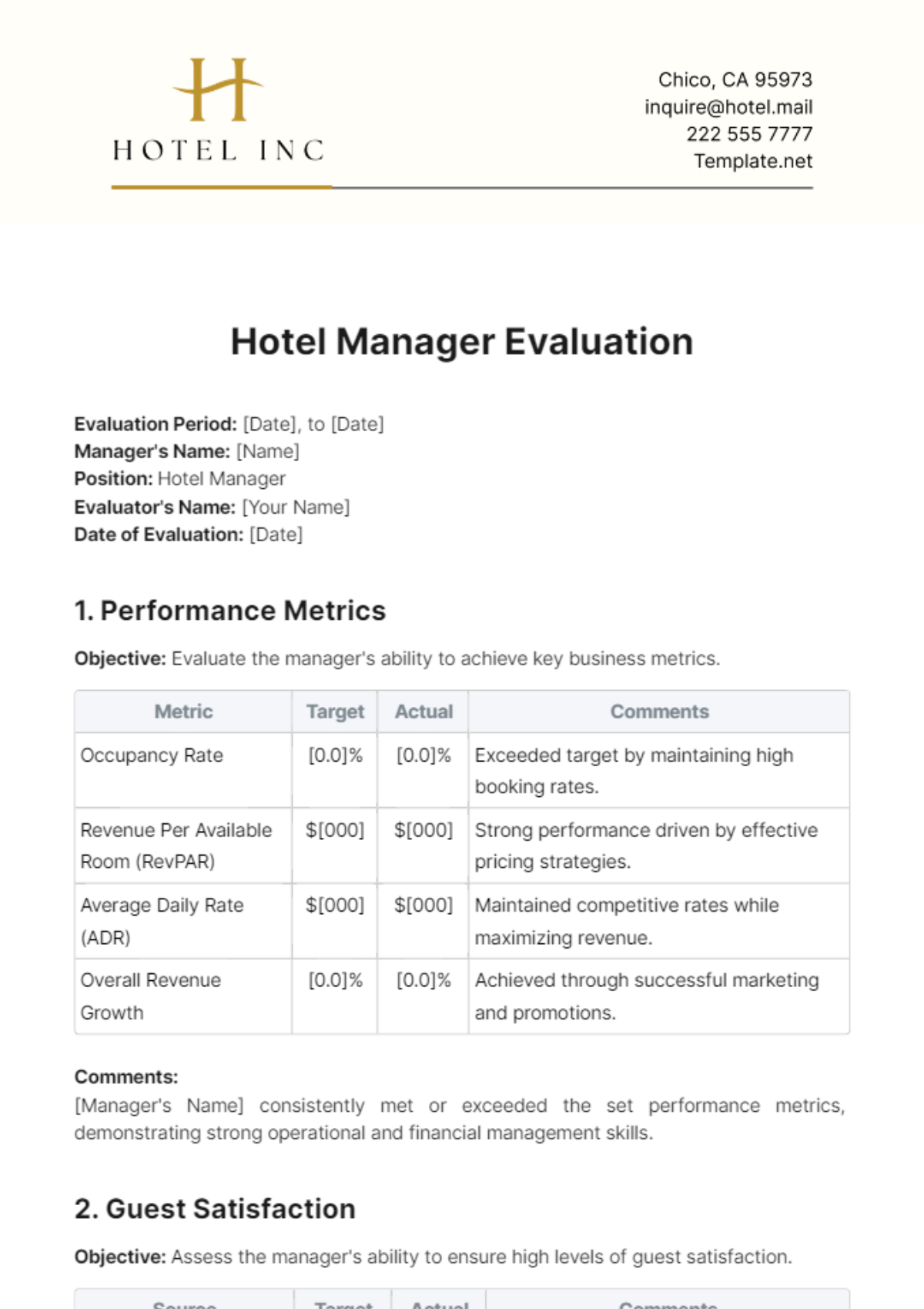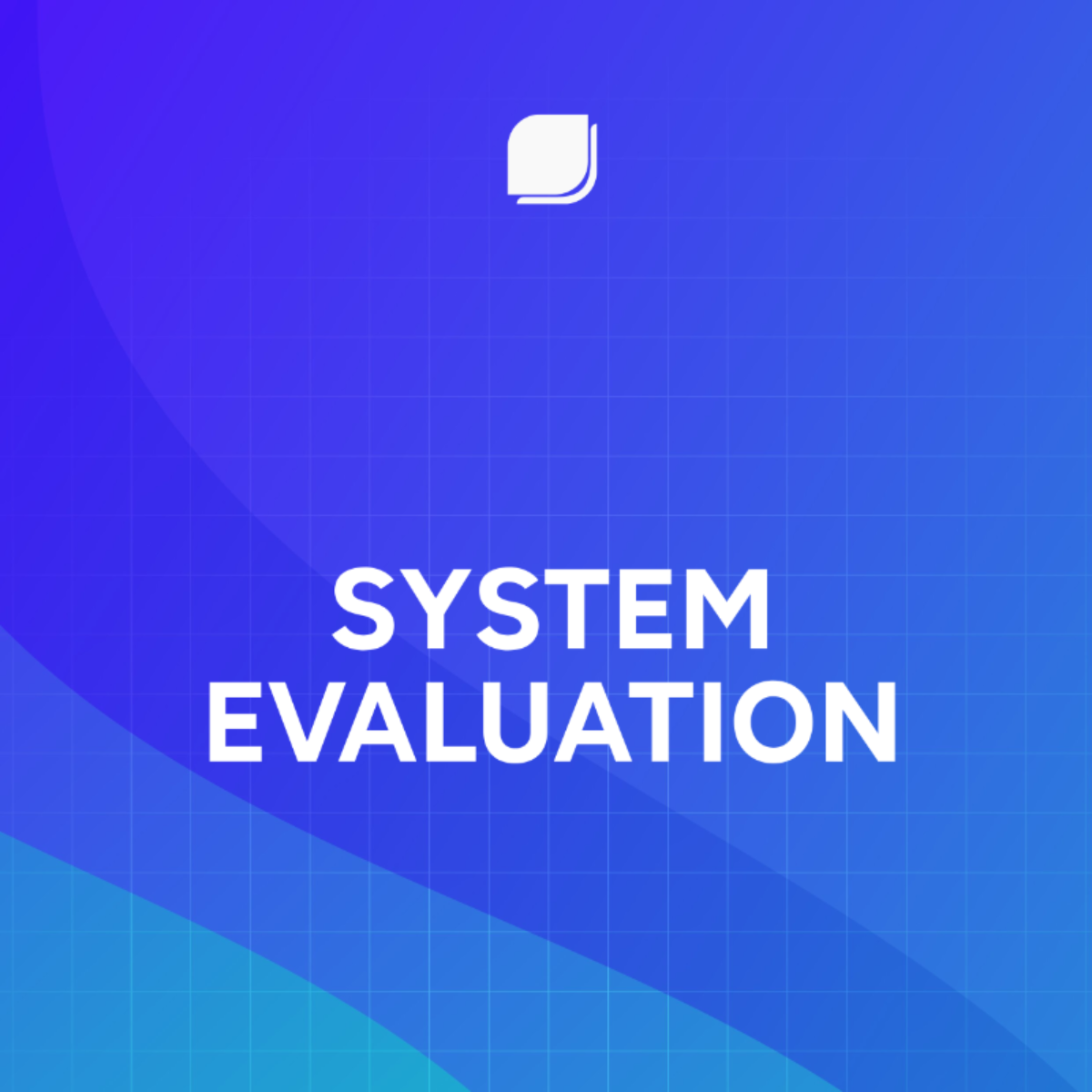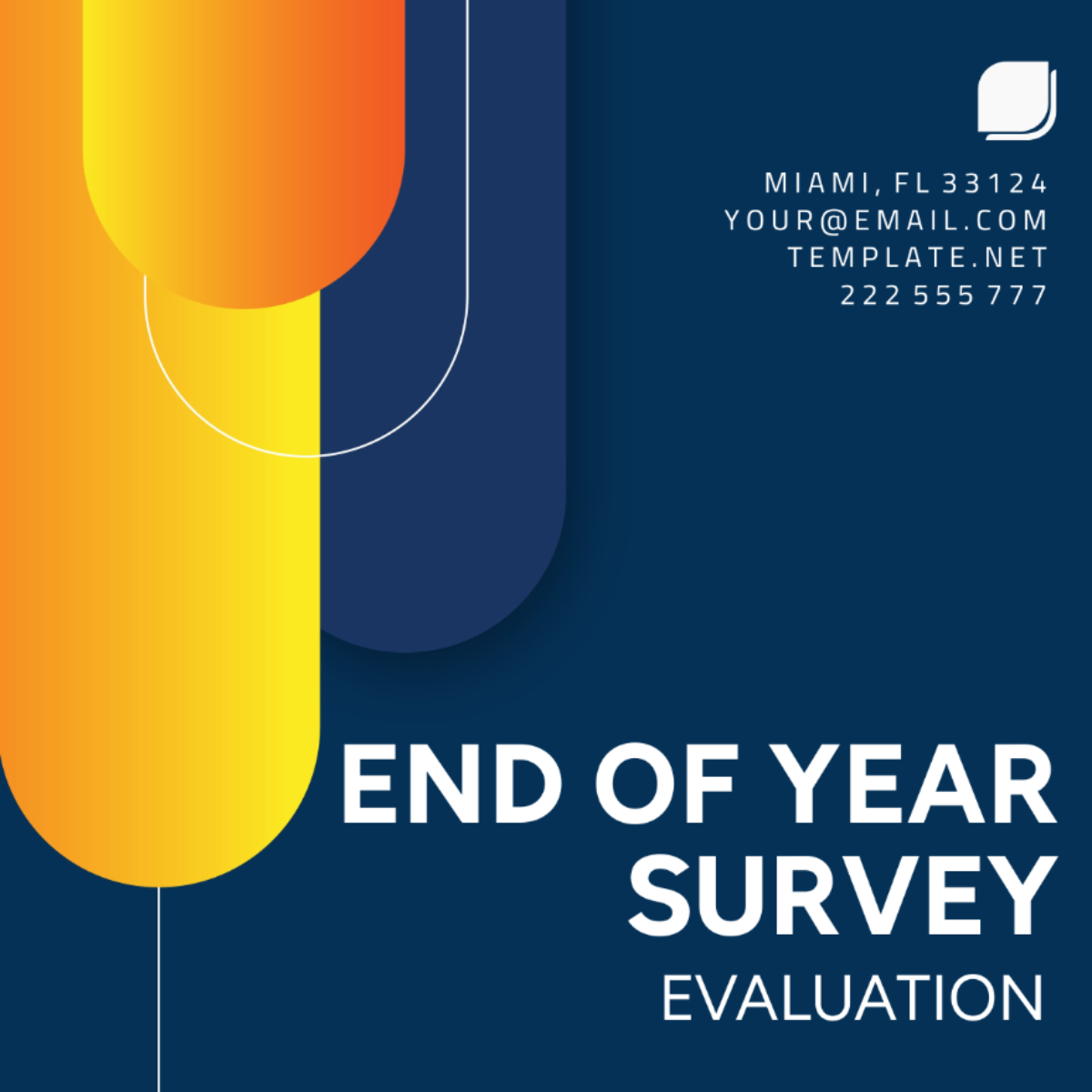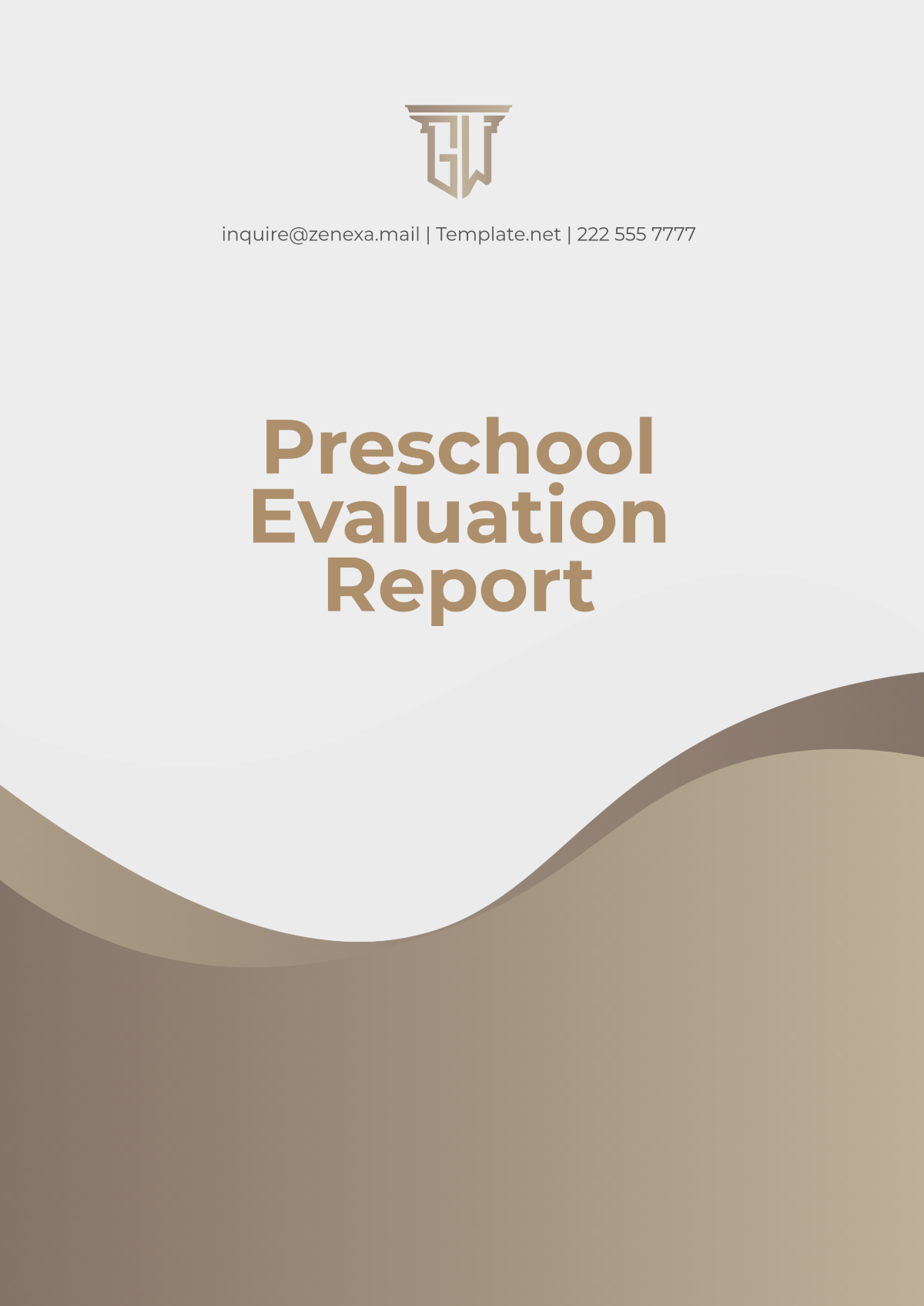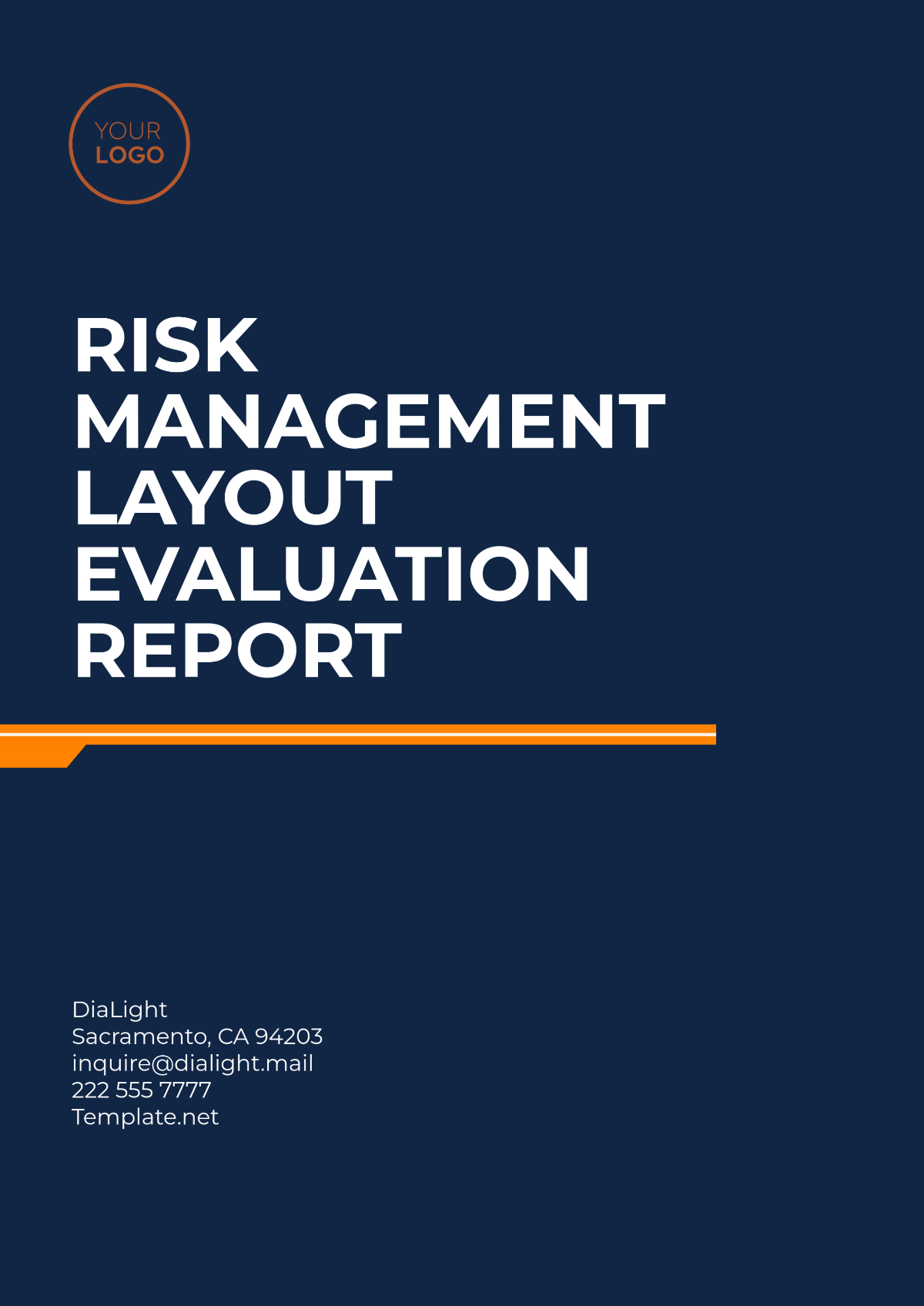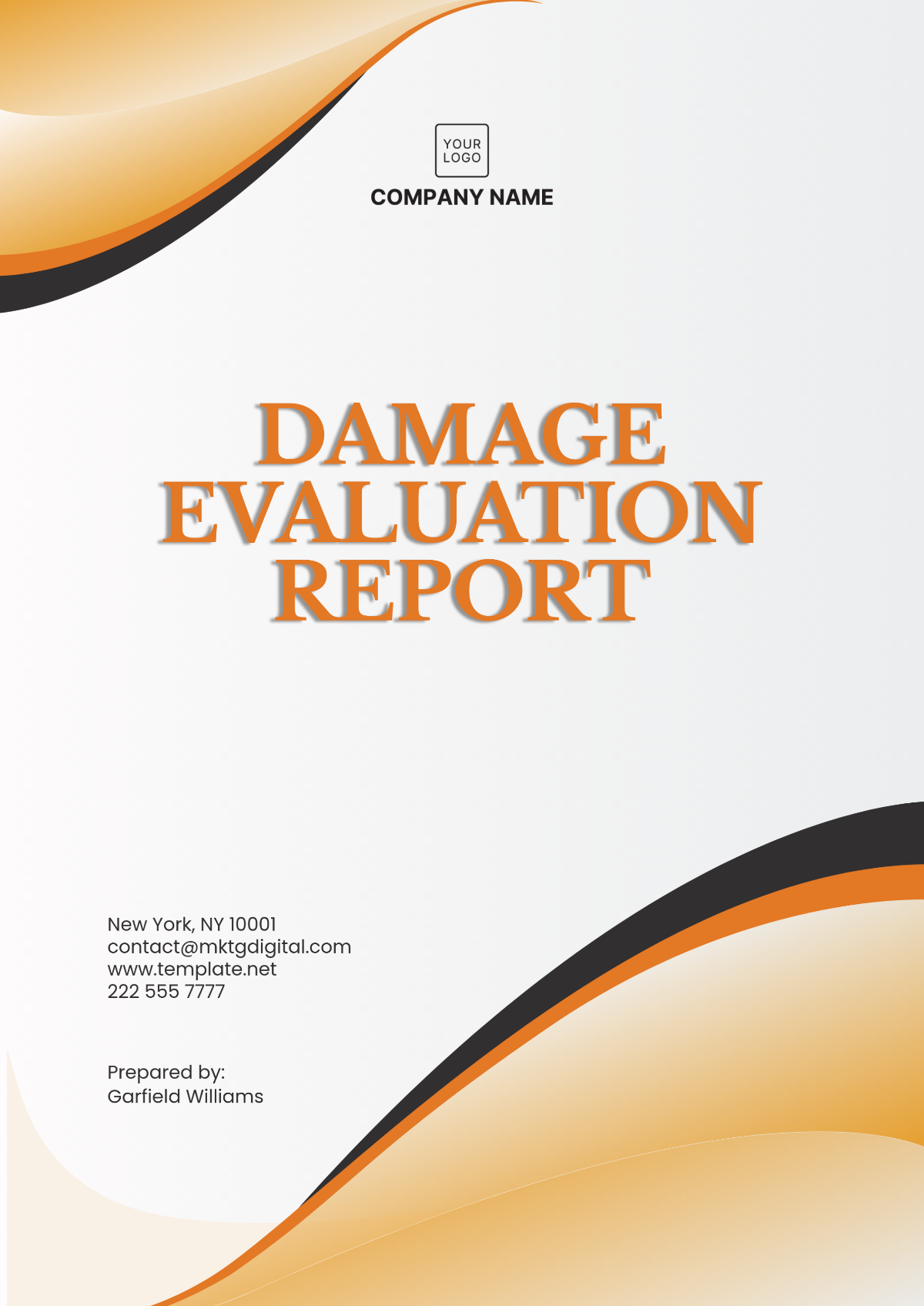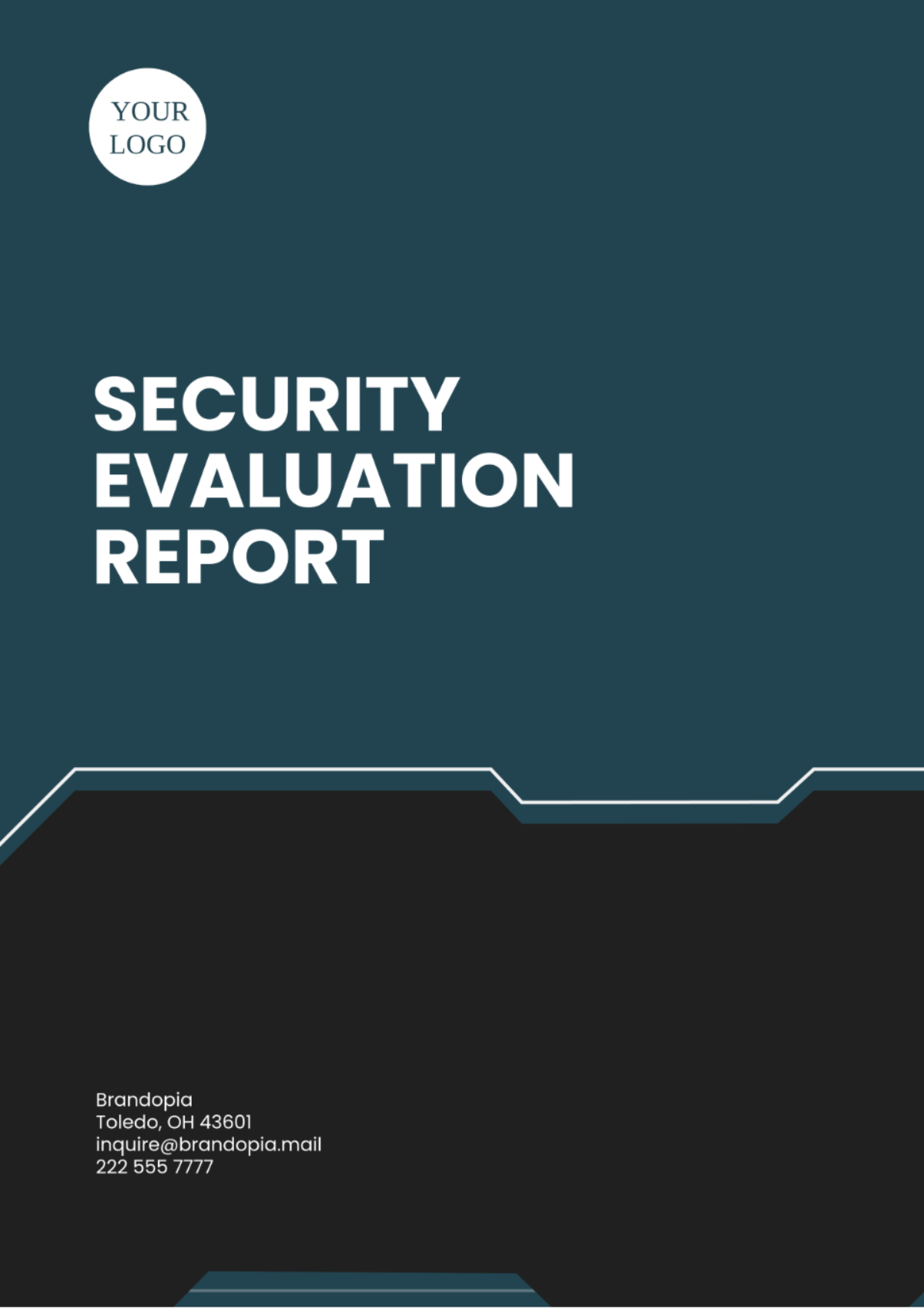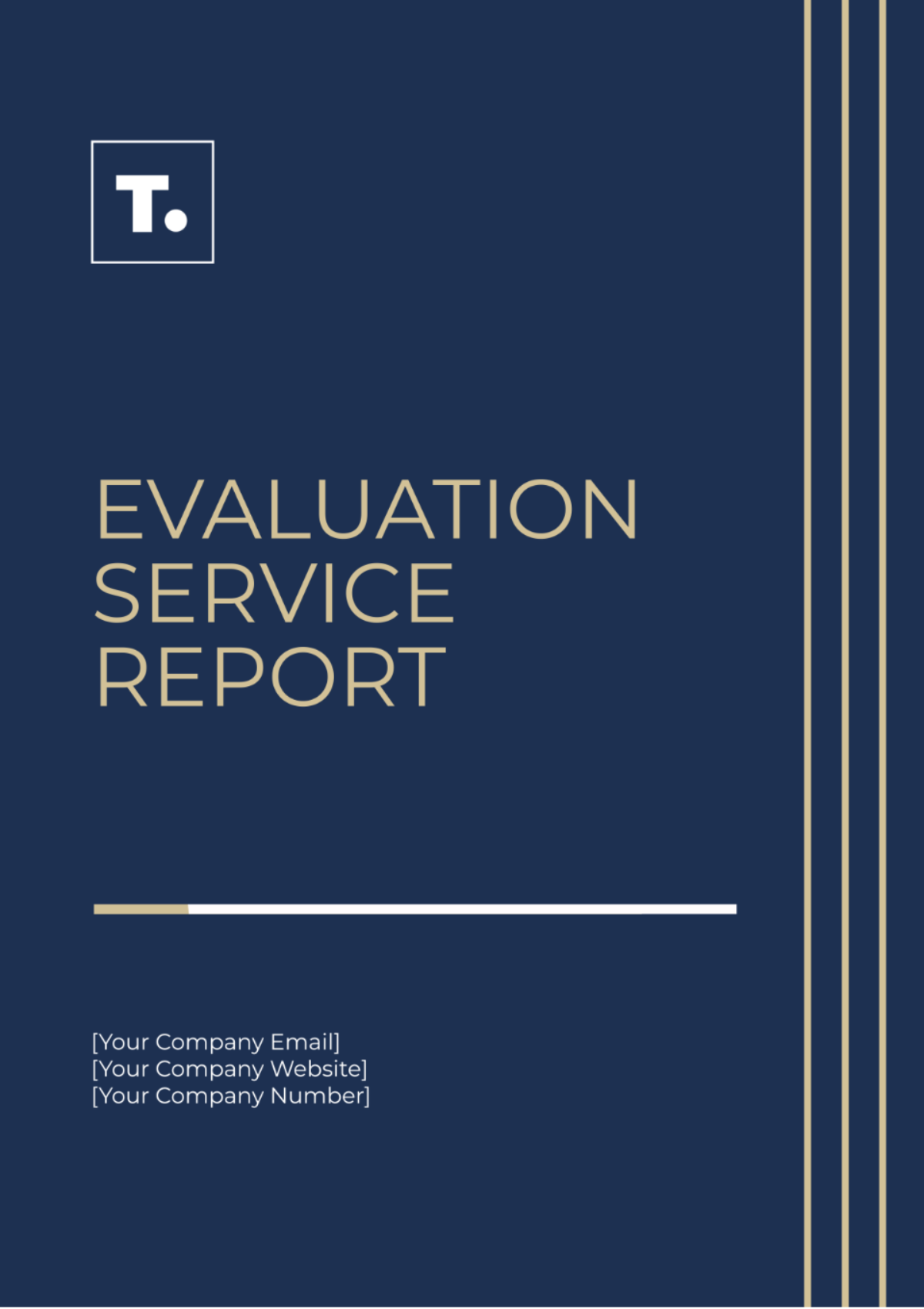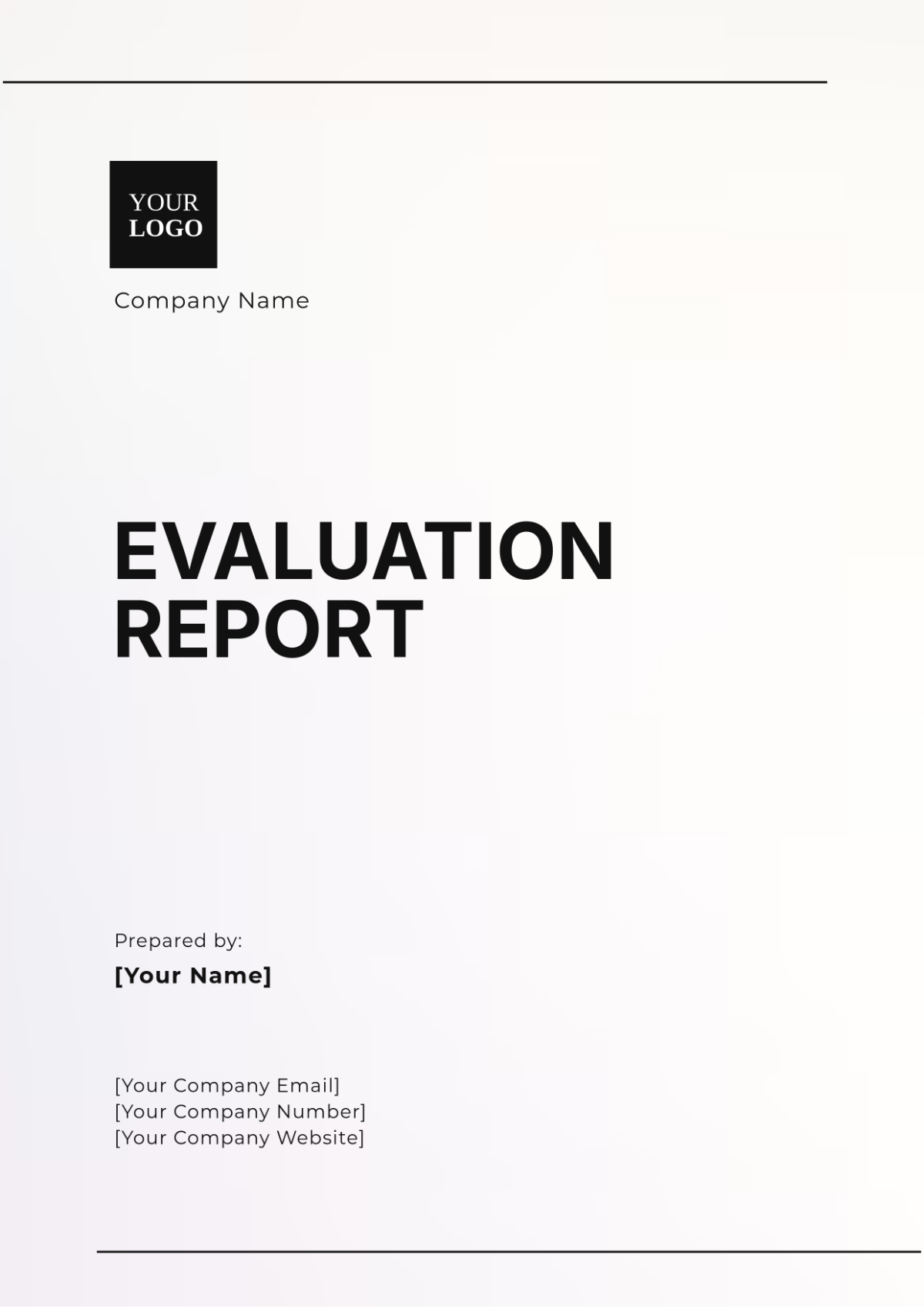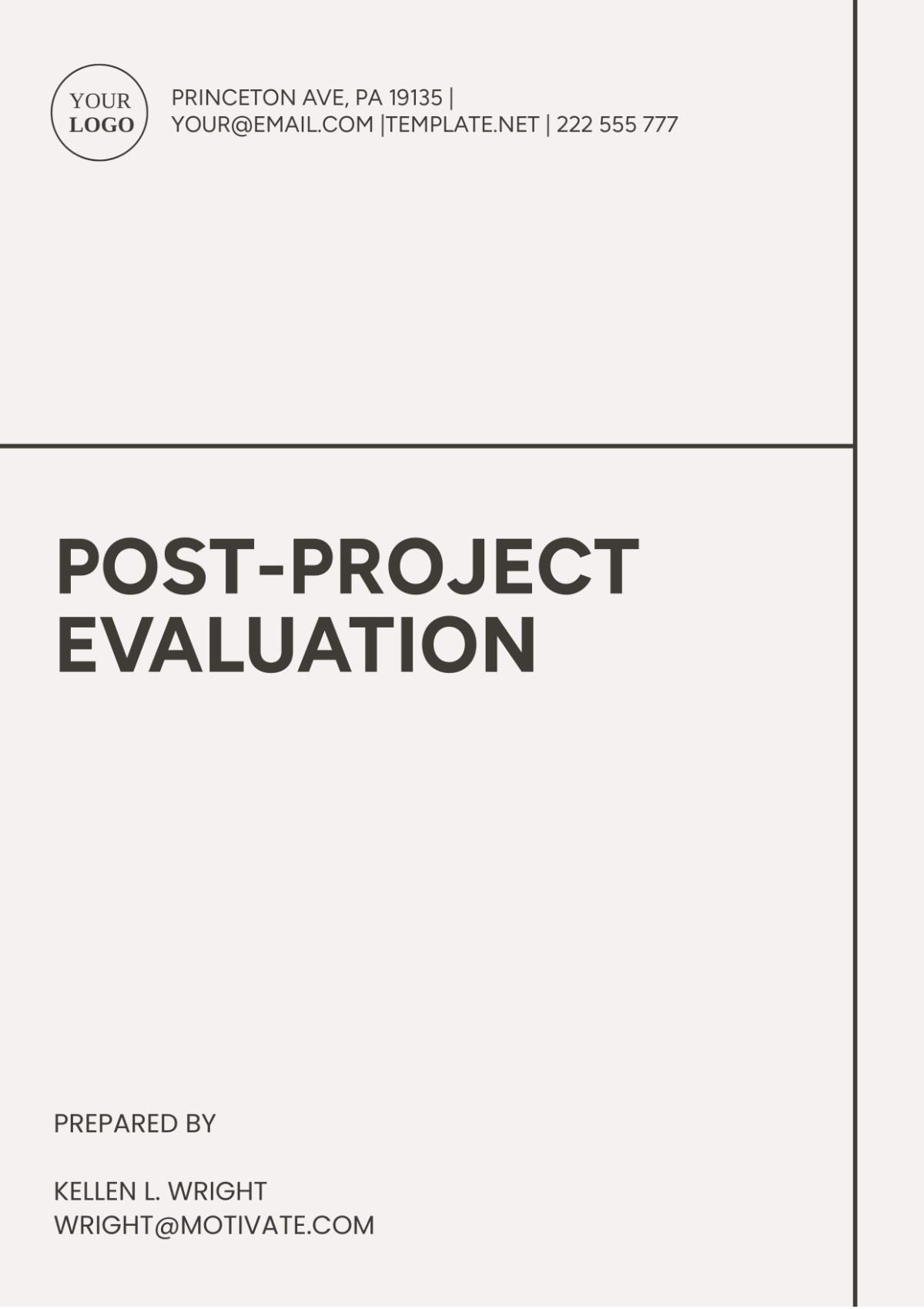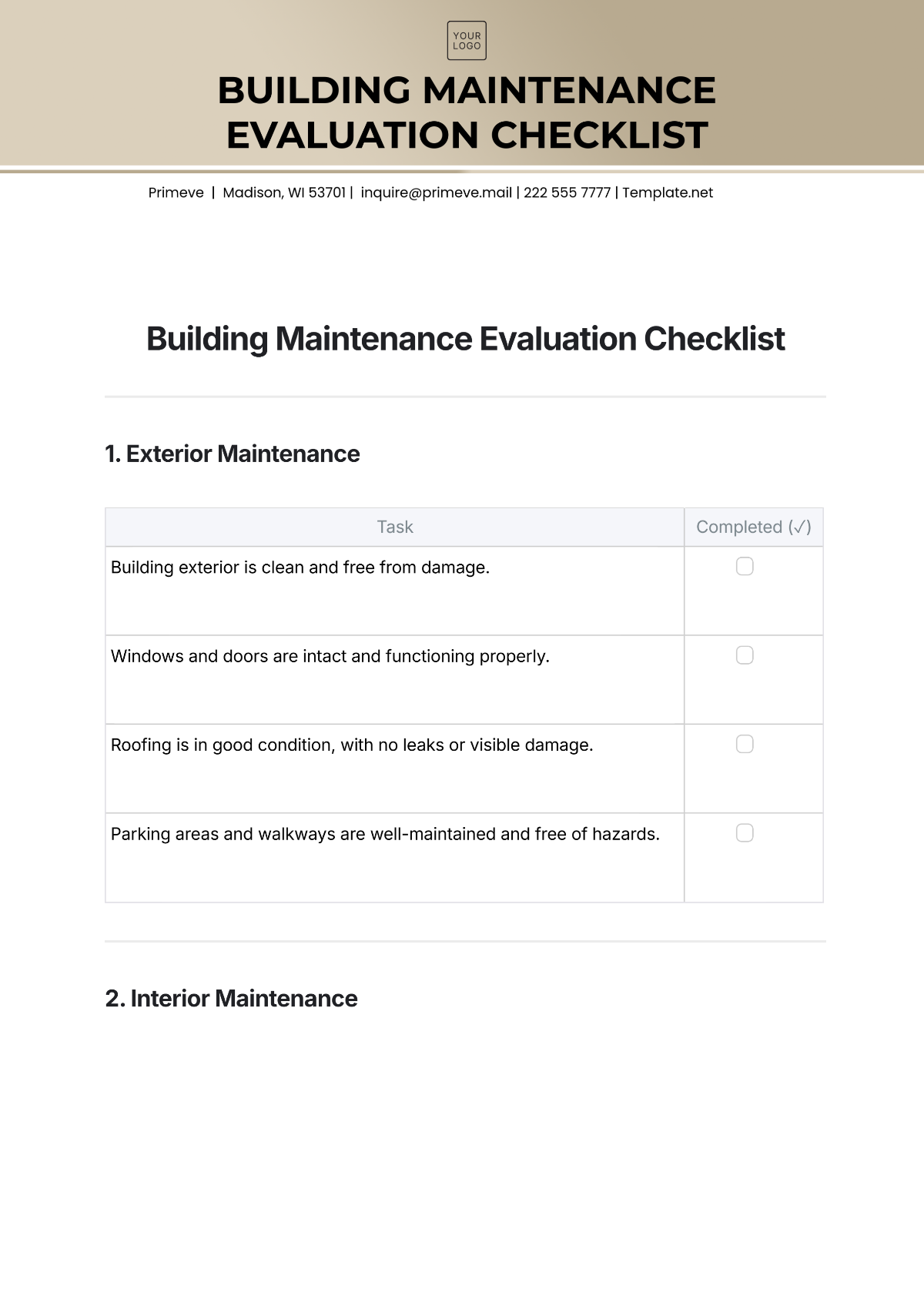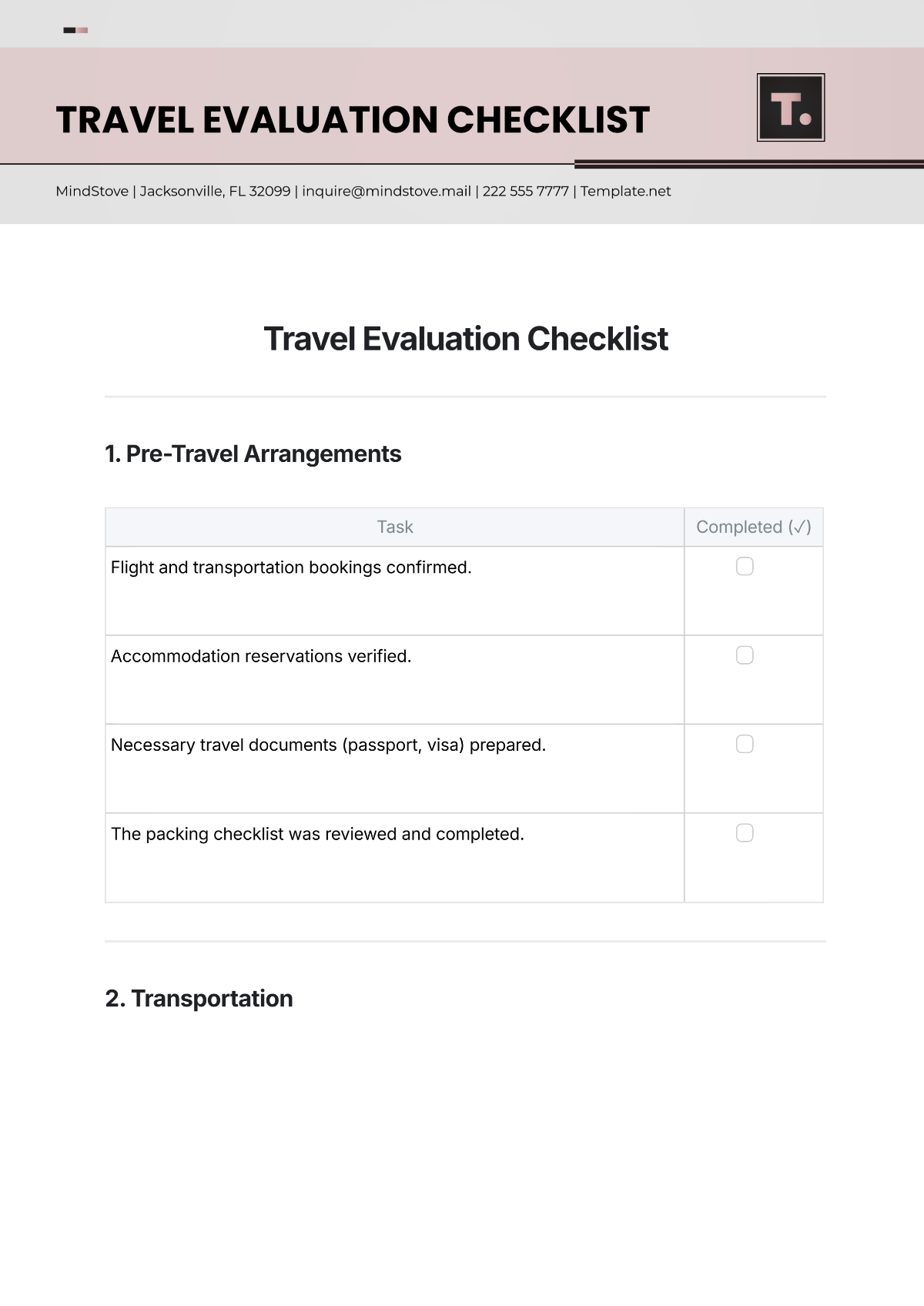Stuttering Evaluation
[YOUR COMPANY NAME]
Date: May 12, 2056
Introduction: This guide provides a structured framework for evaluating stuttering behaviors for clinical diagnosis and therapeutic interventions.
Overview: The assessment focuses on various aspects such as frequency, types, and severity of stuttering to influence therapy planning and progress monitoring.
Evaluation Criteria:
This evaluation employs an integrated approach which hones in on the following indicators:
Frequency of Stuttering: This reflects the regularity of occurrence of stuttering behaviors during verbal communication.
Type of Stuttering: This identifies specific forms of stuttering experienced such as repetitions, prolongations, and blocks.
Severity of Stuttering: This measures the impact of stuttering on the overall speech quality.
Instructions:
Use the provided criteria table to evaluate each aspect of stuttering behavior.
Enter evidence supporting the evaluation, such as speech samples or observer reports.
For each criterion, mark the appropriate rating based on your assessment. Place a checkmark (✓) in the corresponding box with the appropriate rating (1 to 5) to indicate the severity level.
Rating Scale:
1: Minor/Barely Noticeable - Minimal impact on communication.
2: Mild - Noticeable but not significant.
3: Moderate - Moderately impactful.
4: Severe - Significant impact on communication.
5: Very Severe - Speech severely disrupted.
Stuttering Evaluation
Criteria | Description | Evidence | 1 | 2 | 3 | 4 | 5 |
|---|---|---|---|---|---|---|---|
Frequency of Stuttering | The count of stuttering events during speech | Speech Samples, Observer Reports | |||||
Type of Stuttering | Specific forms of stuttering such as repetitions, prolongations, blocks | Speech Samples, Observer Reports | |||||
Severity of Stuttering | The extent to which stuttering affects the verbal communication quality | Speech Samples, Self-reports, Observer Reports |
Additional Comments and Notes:
Additional Comment/Notes |
|---|




